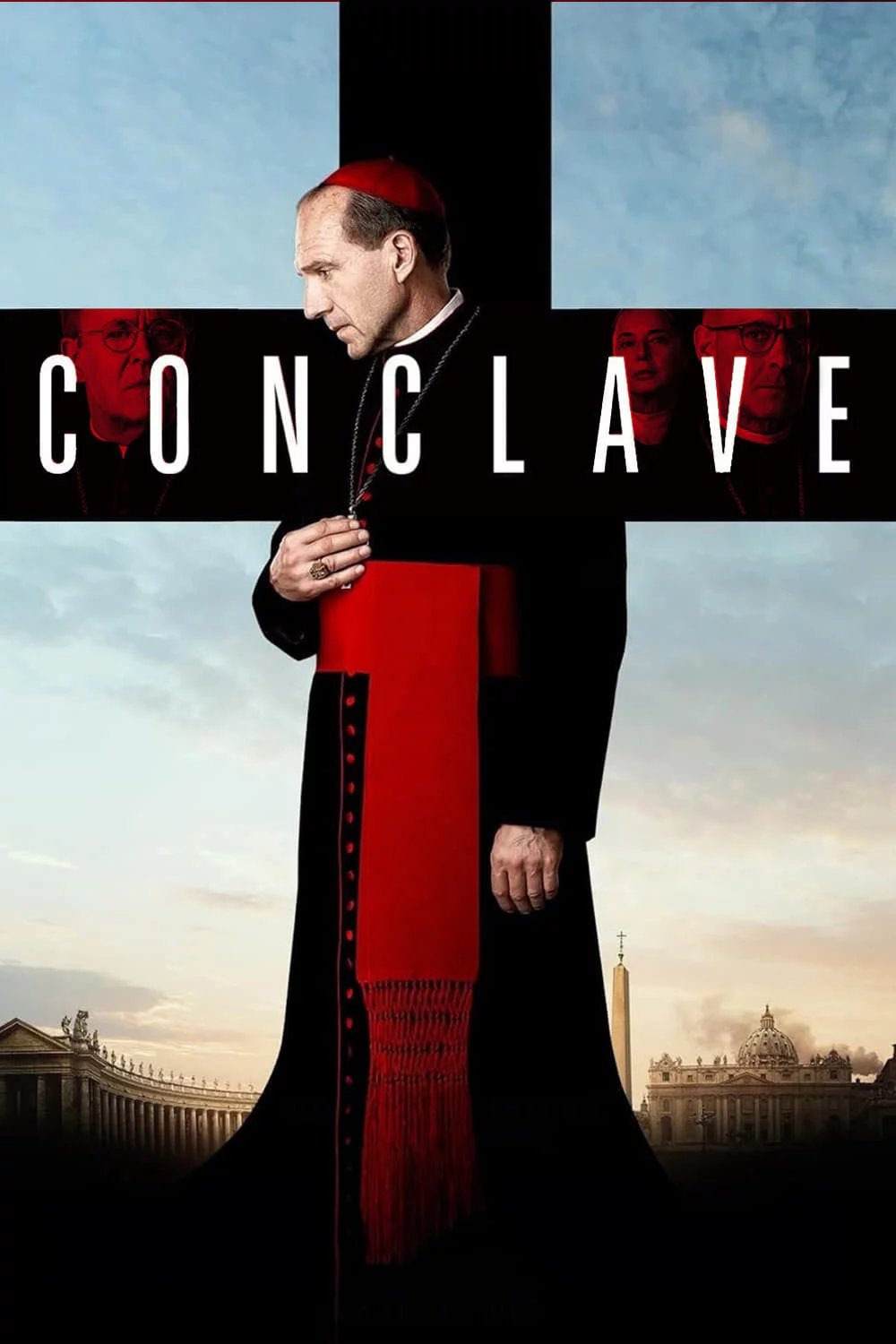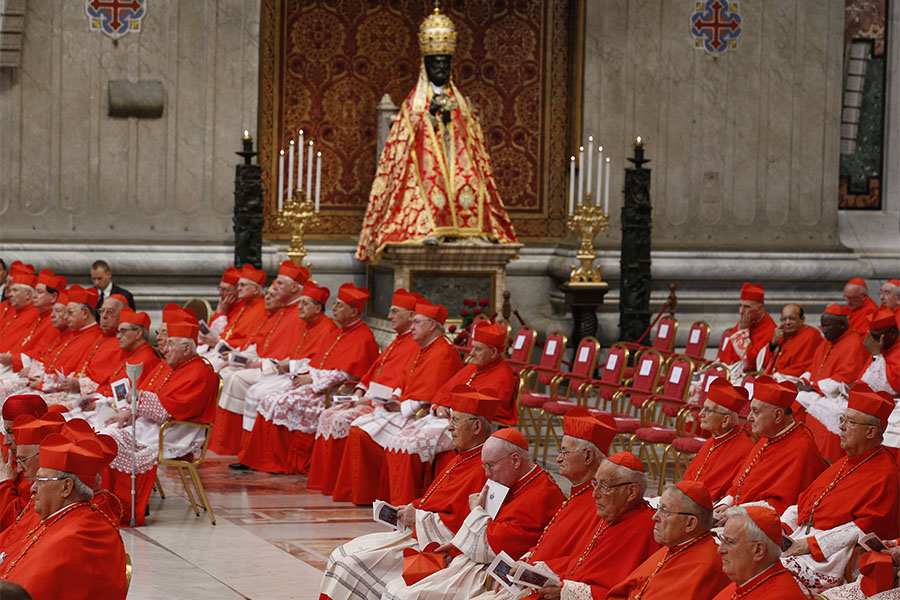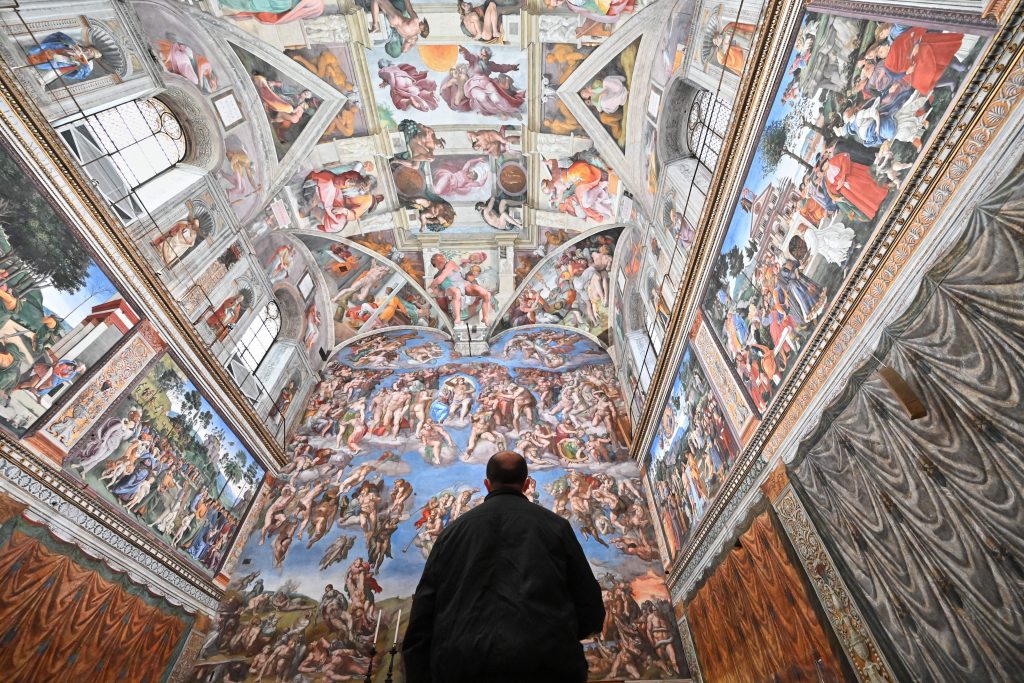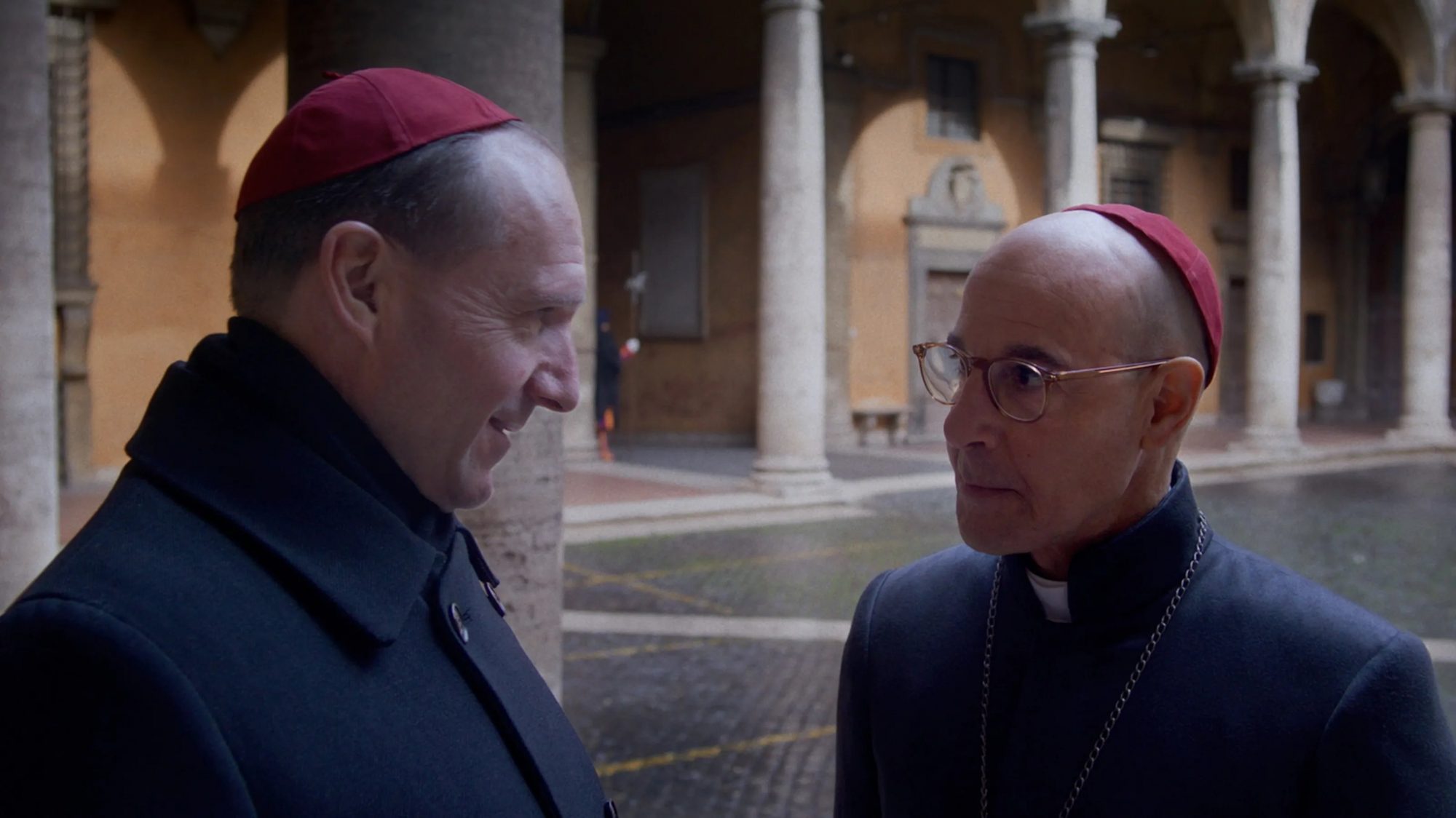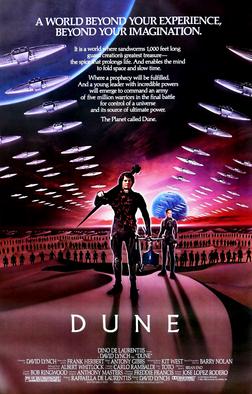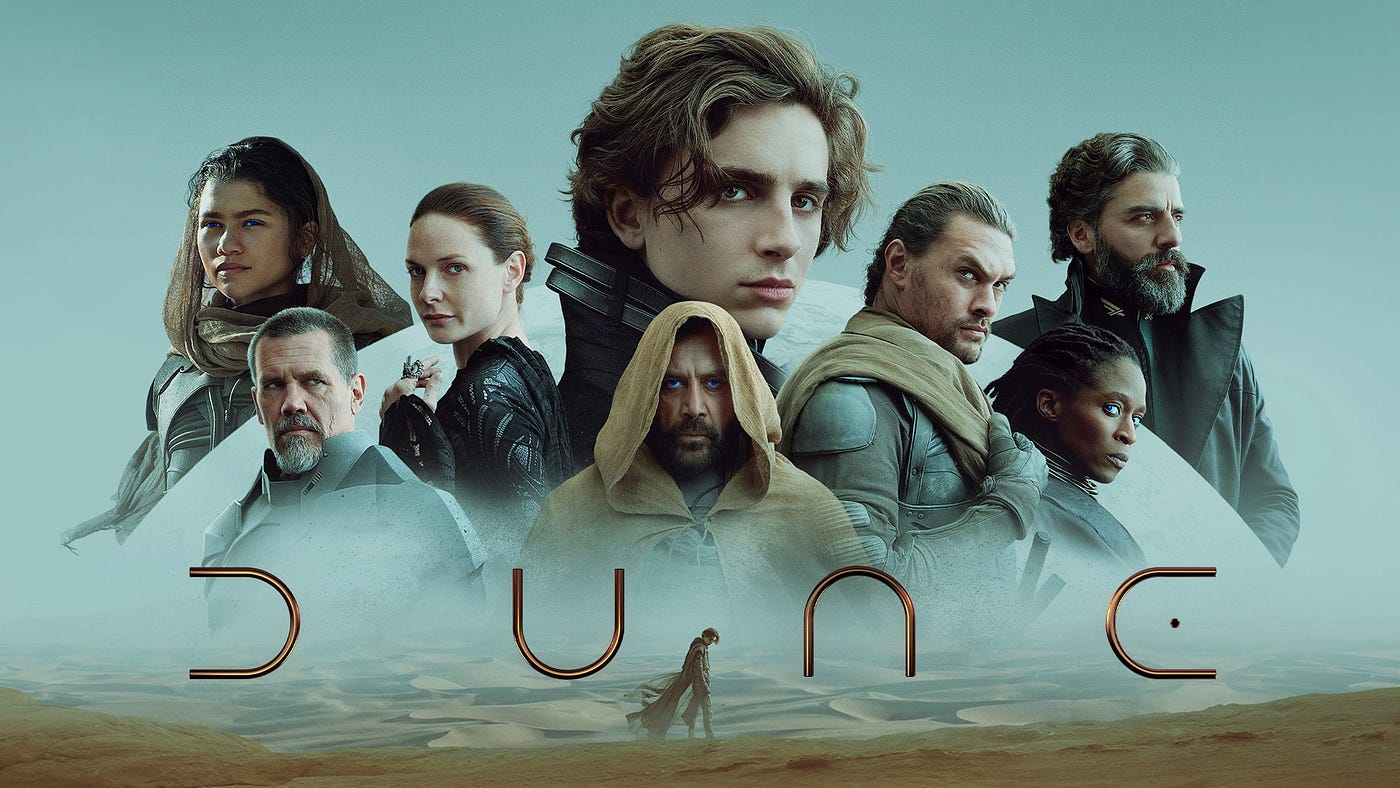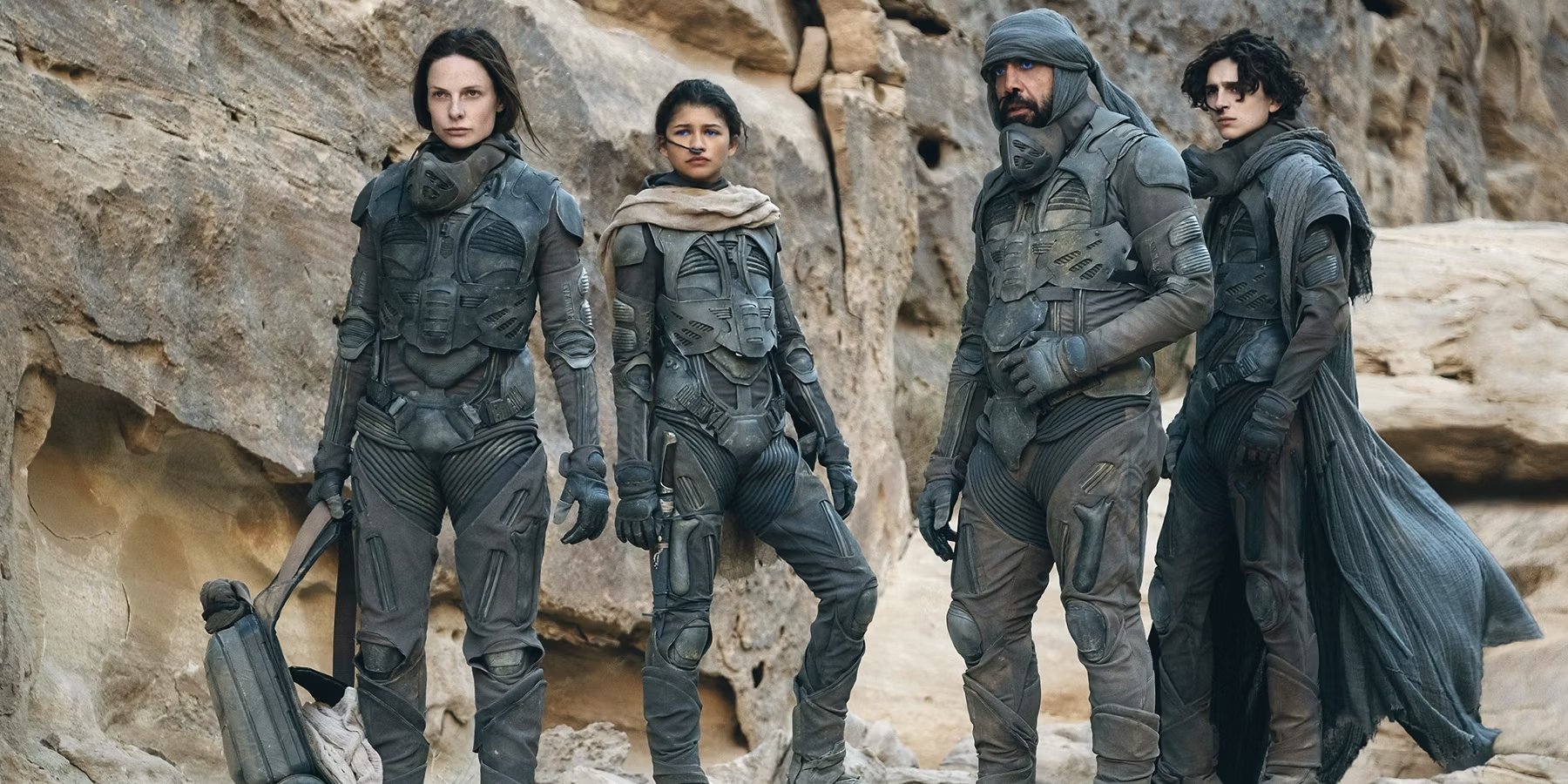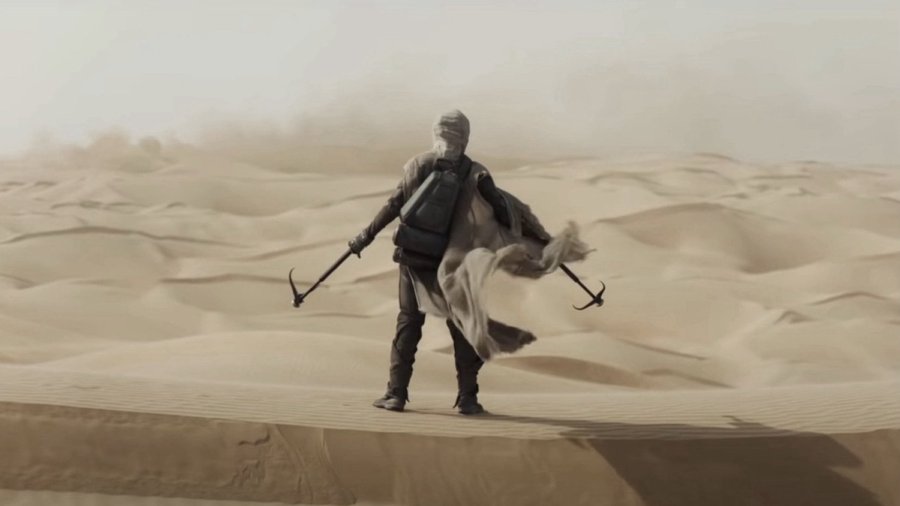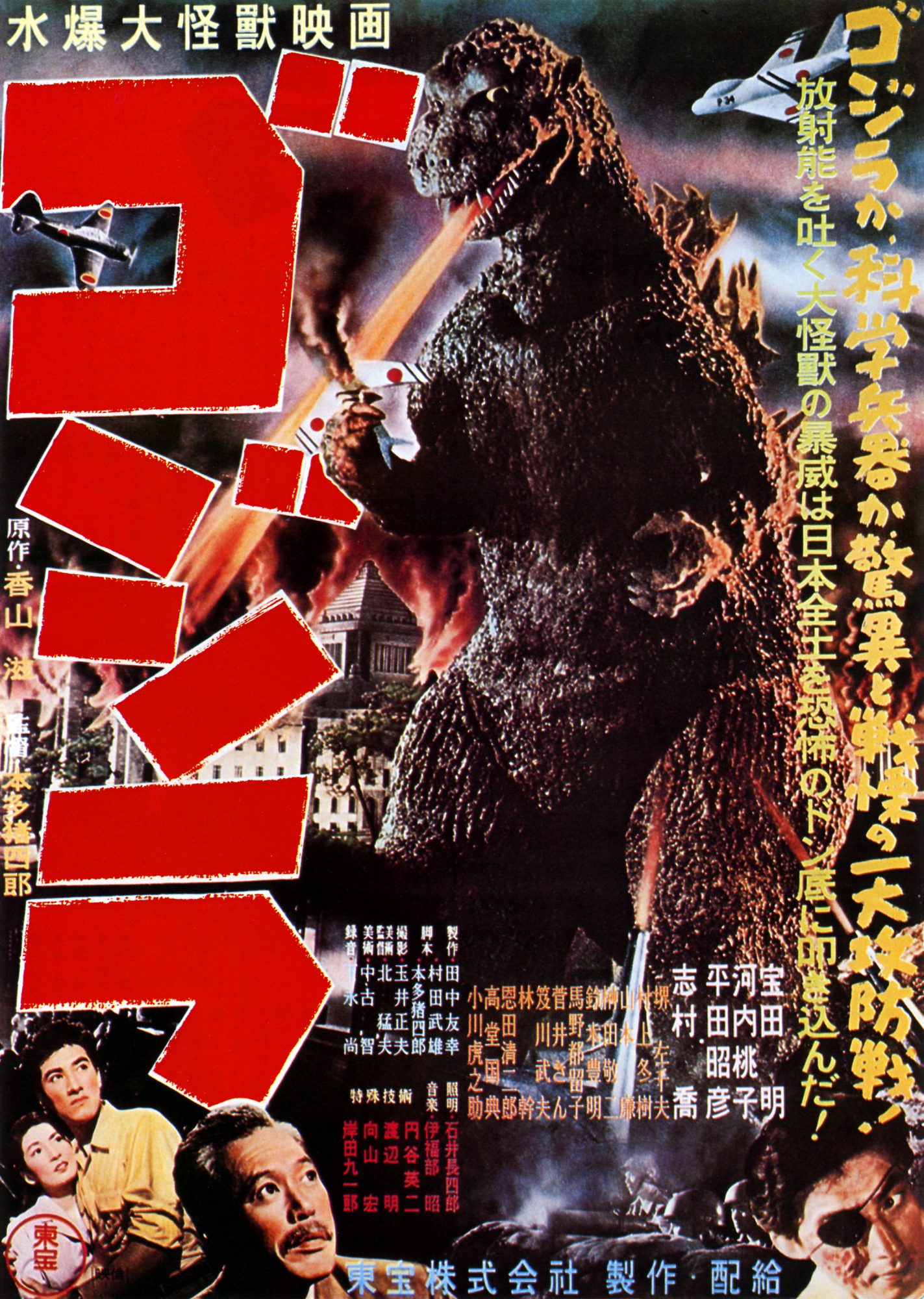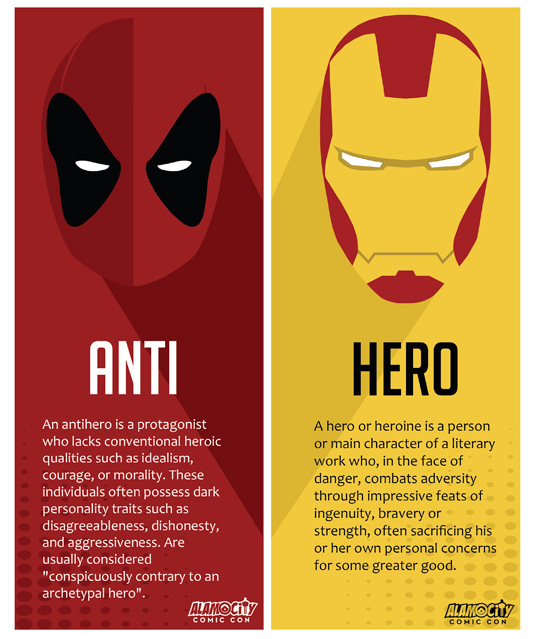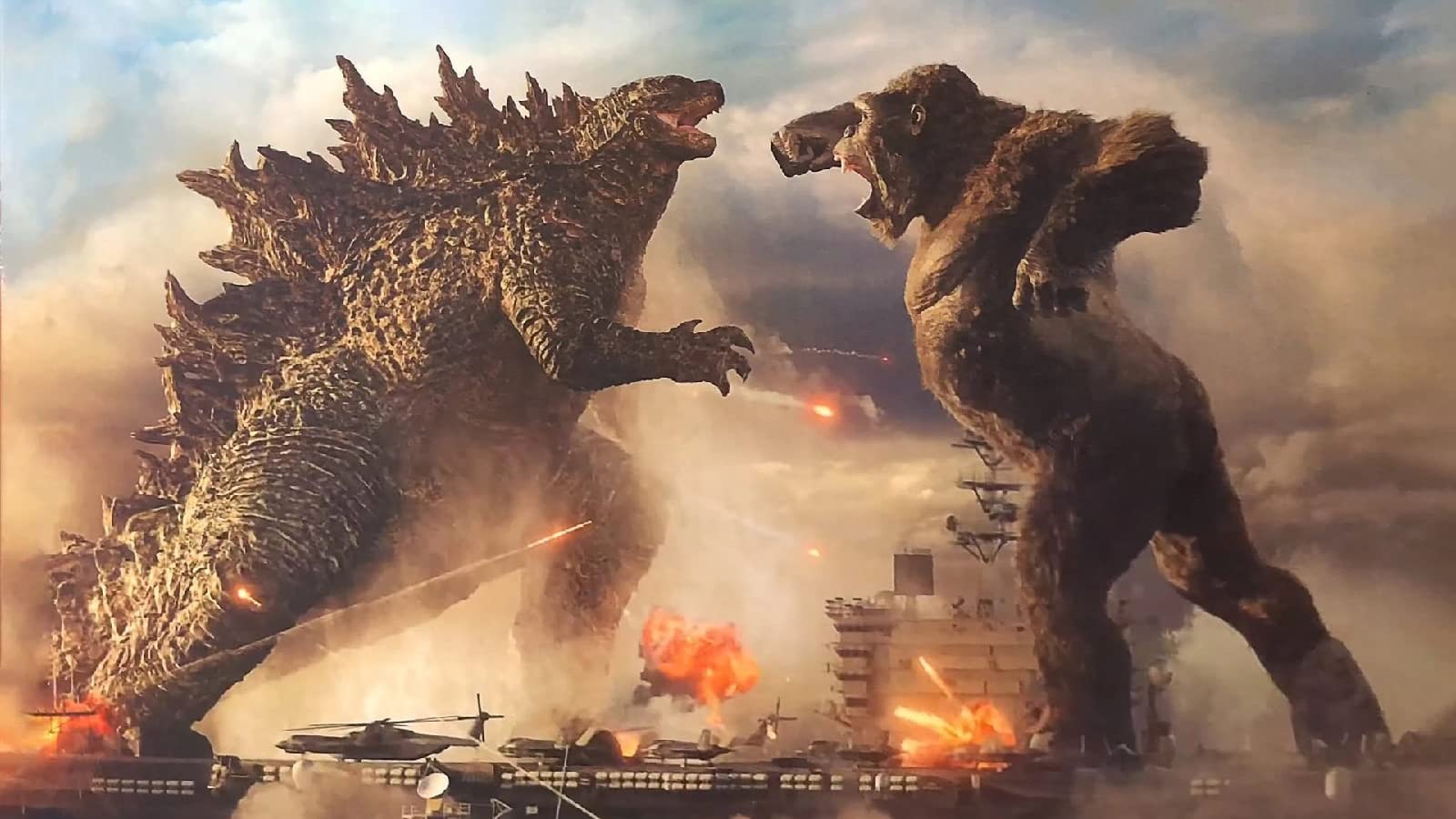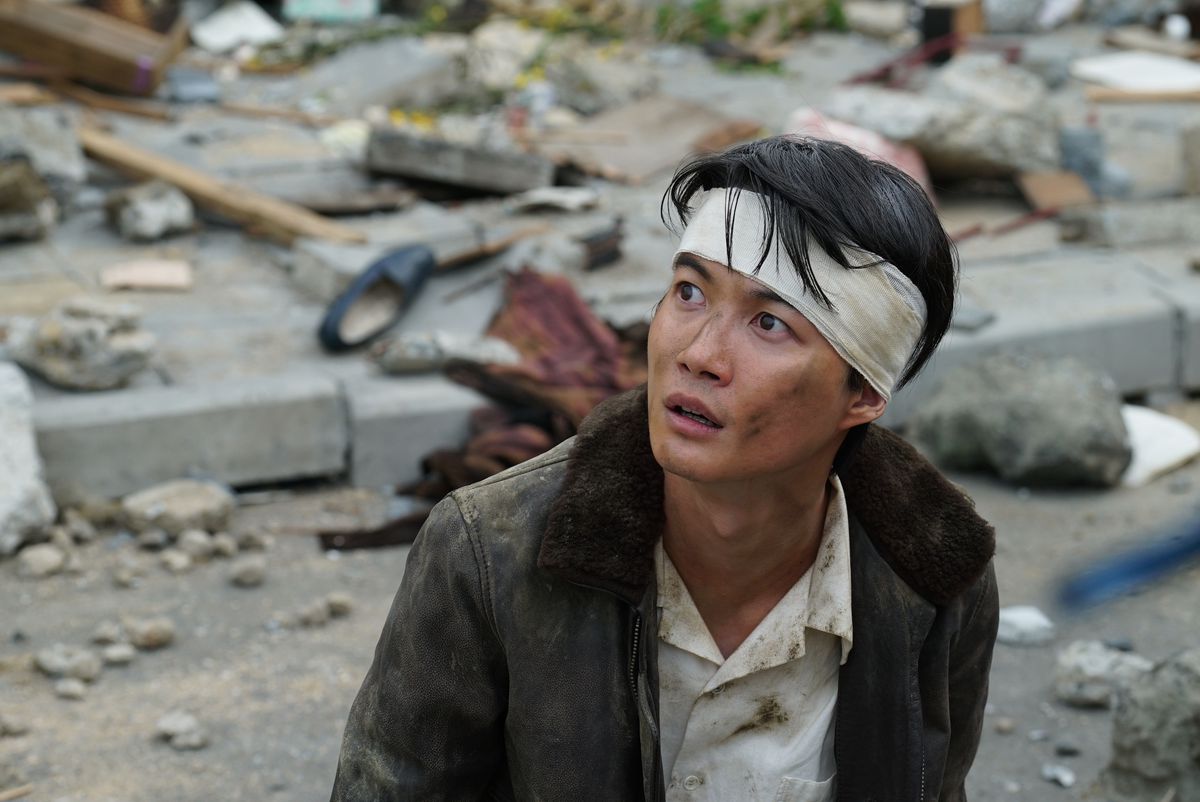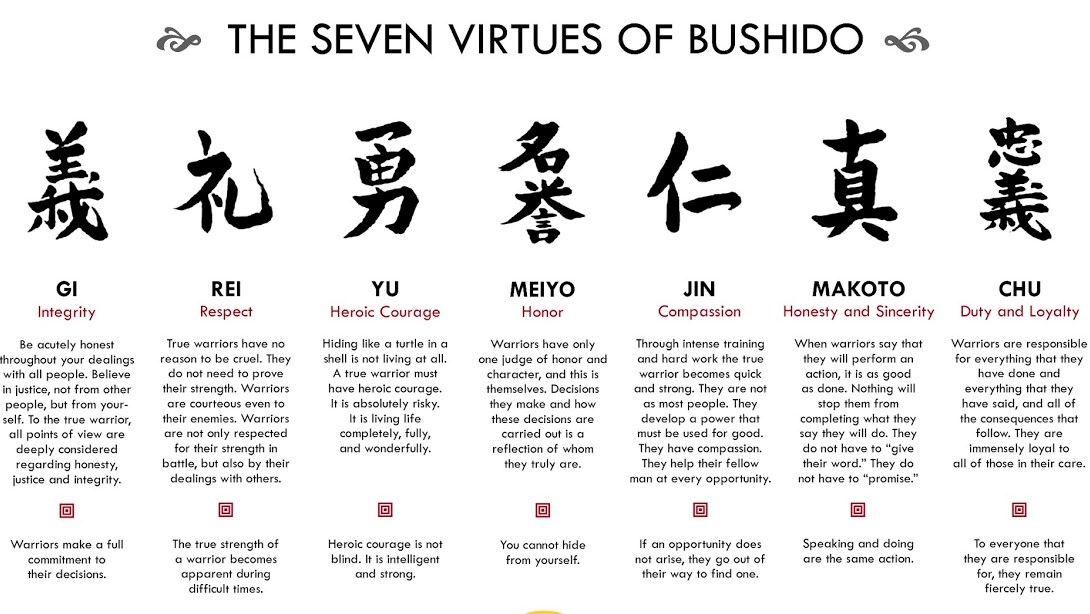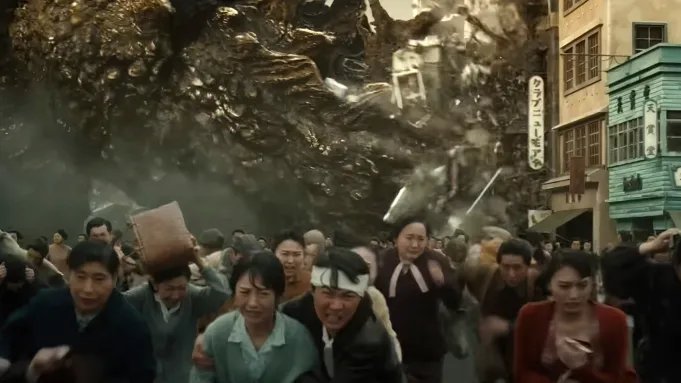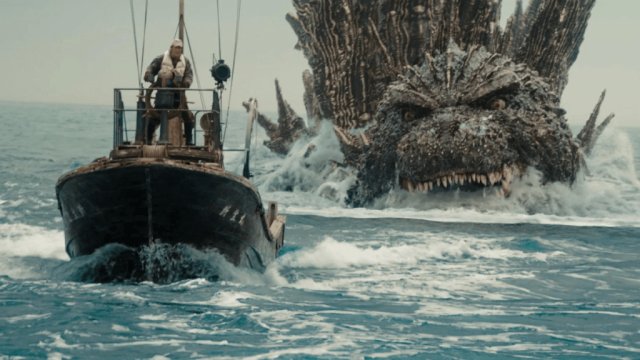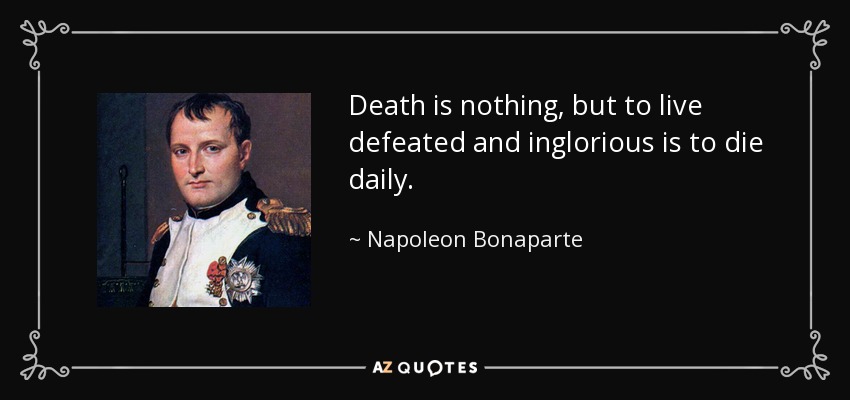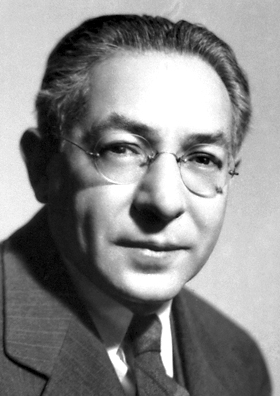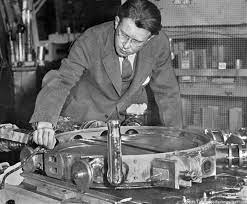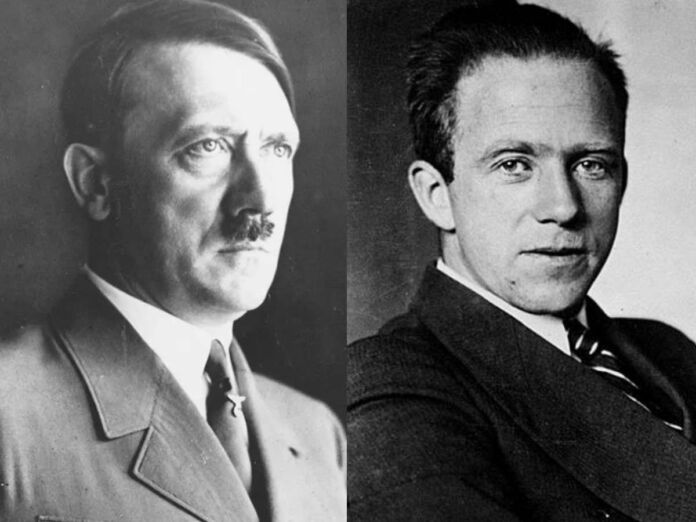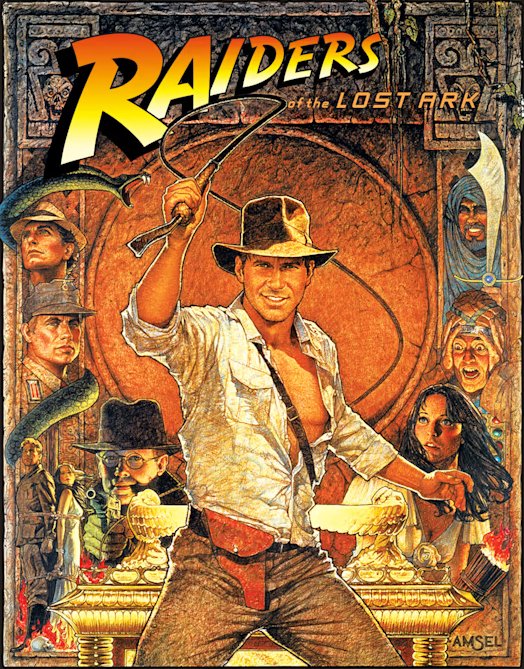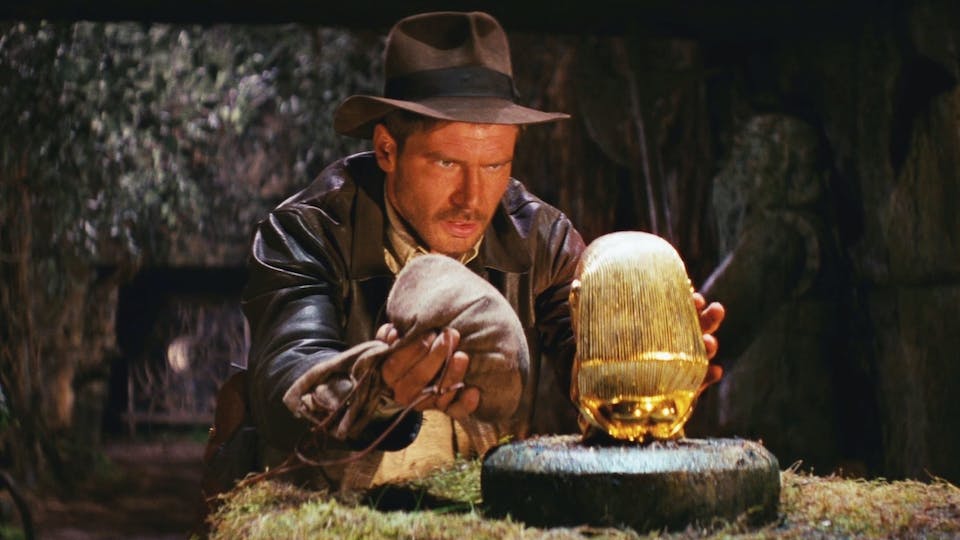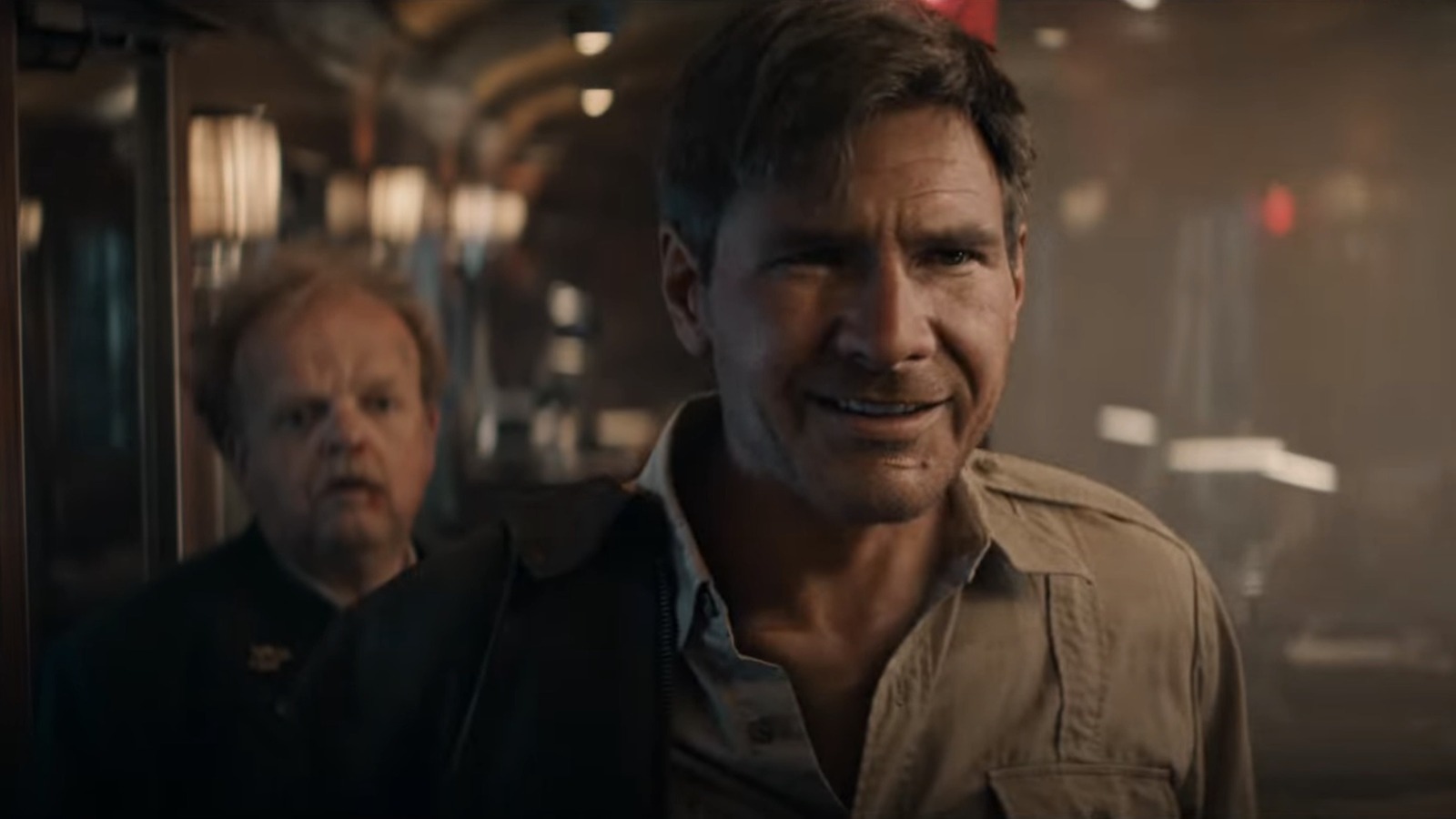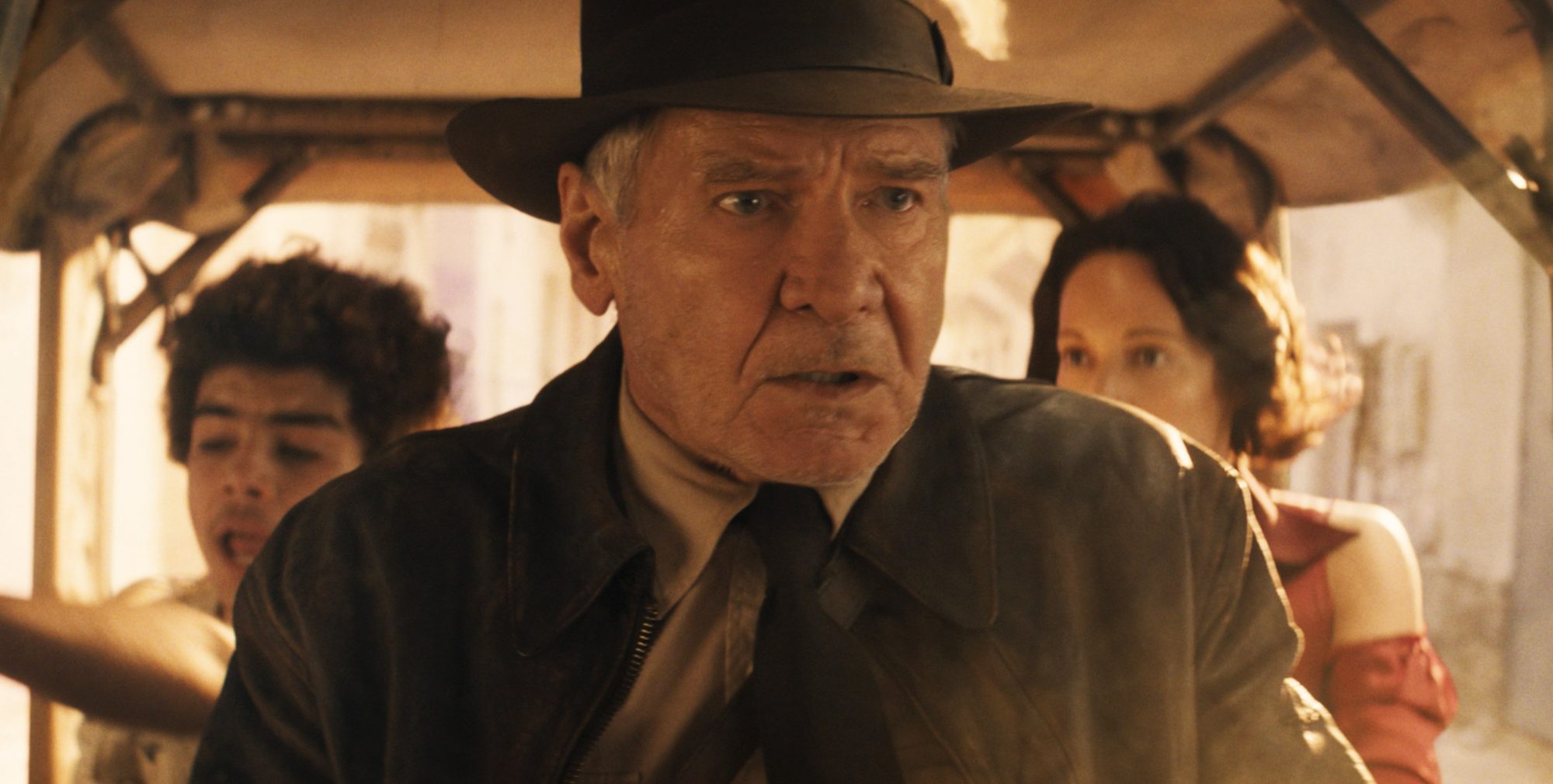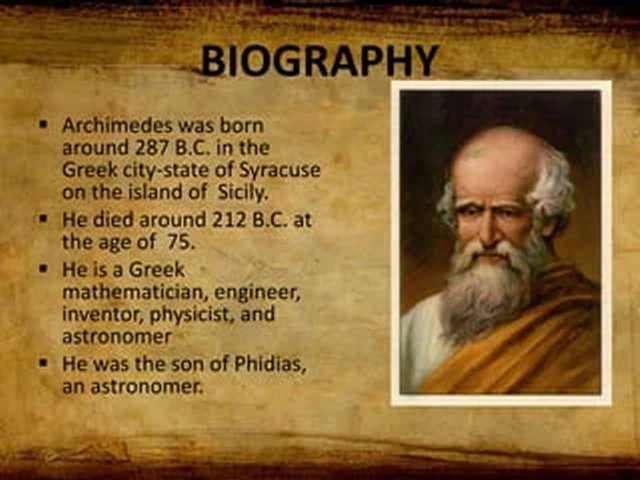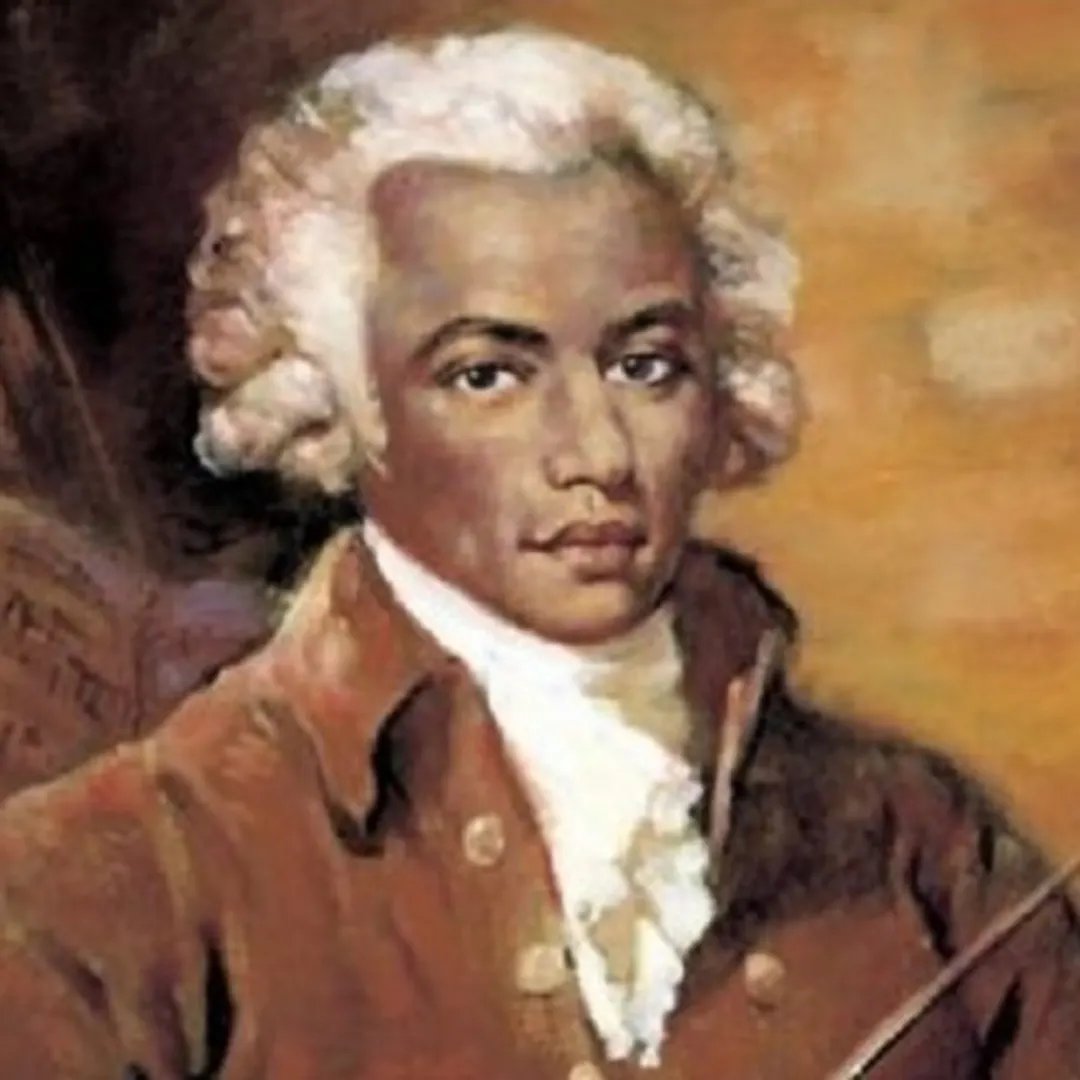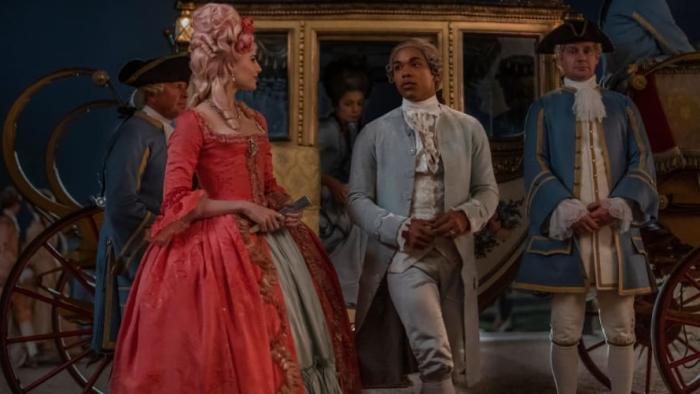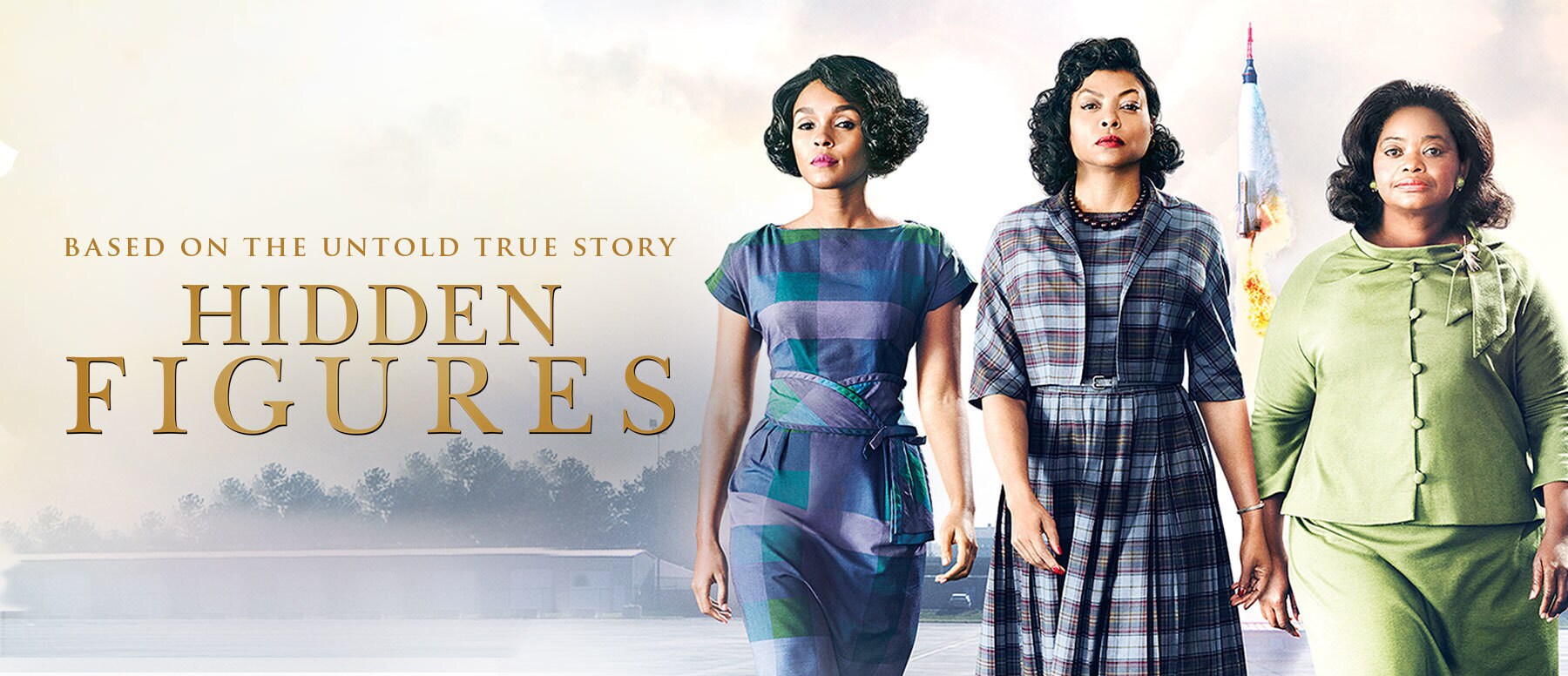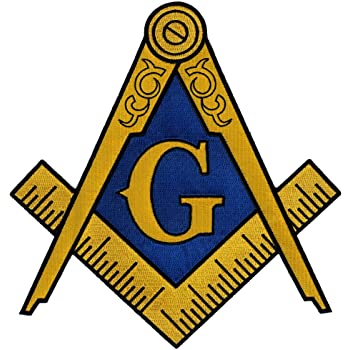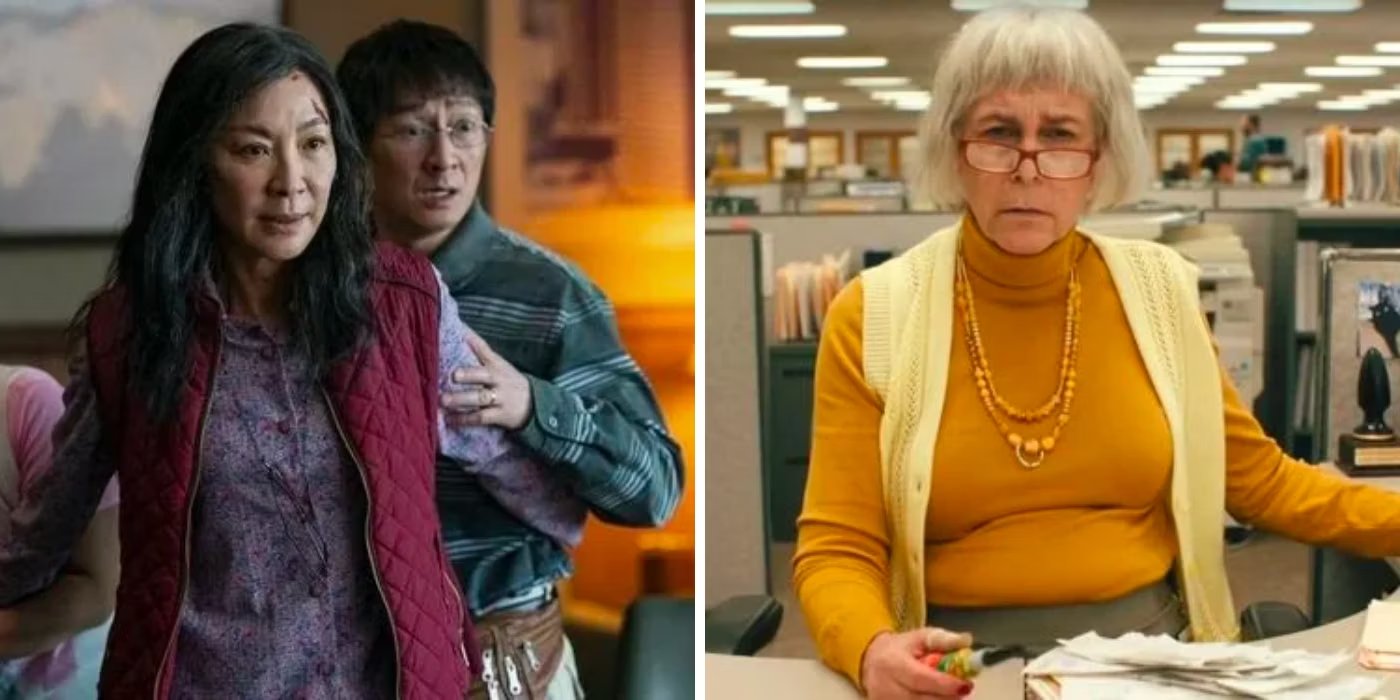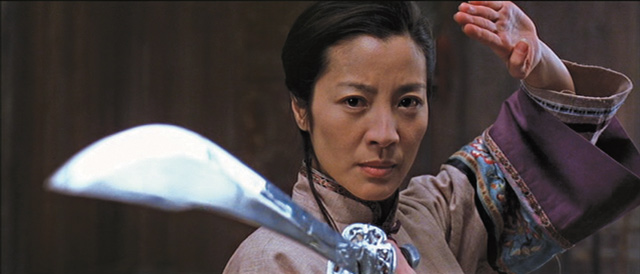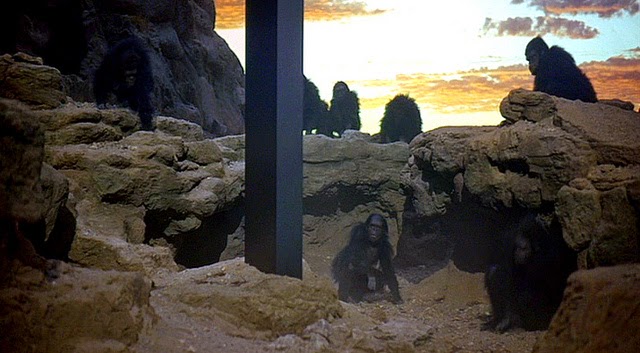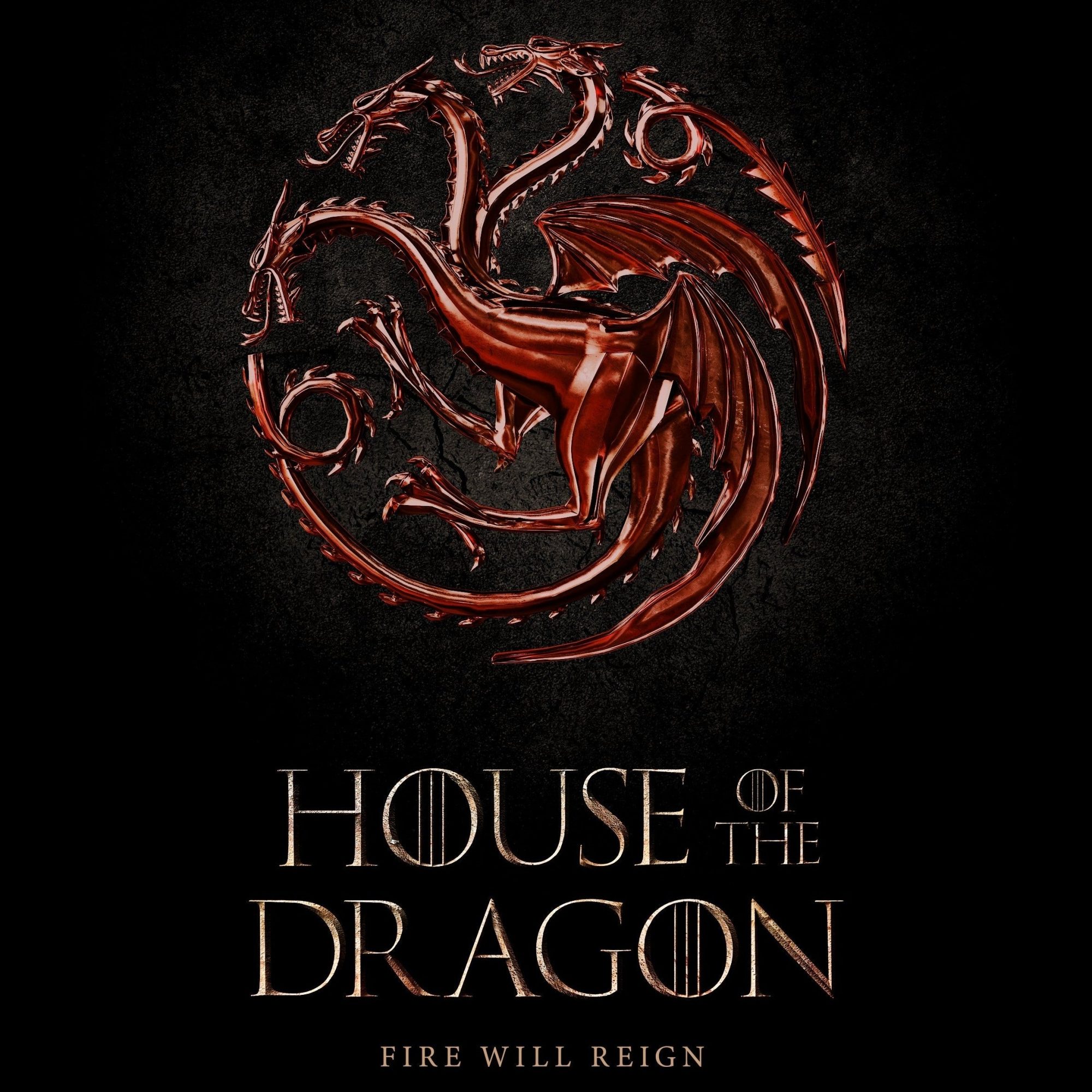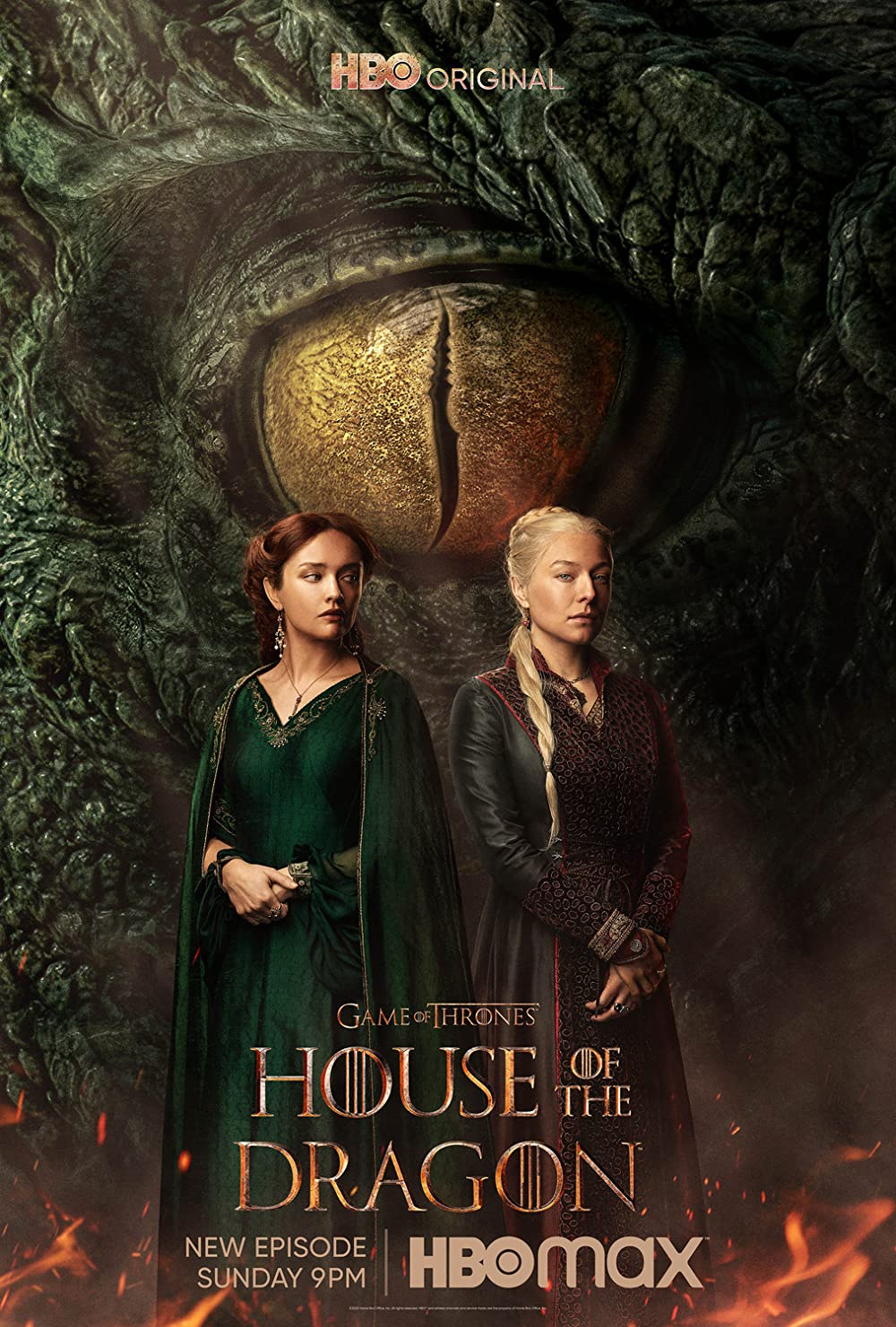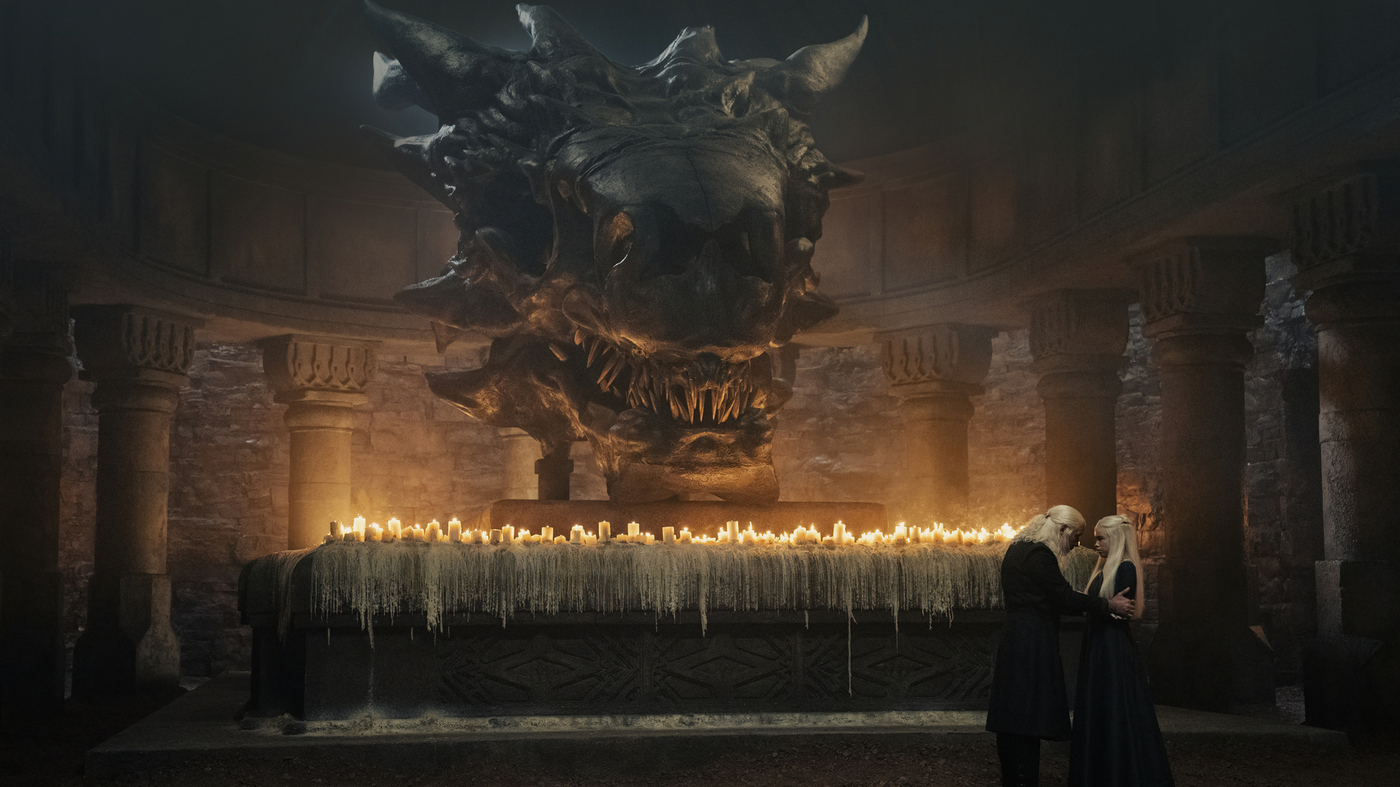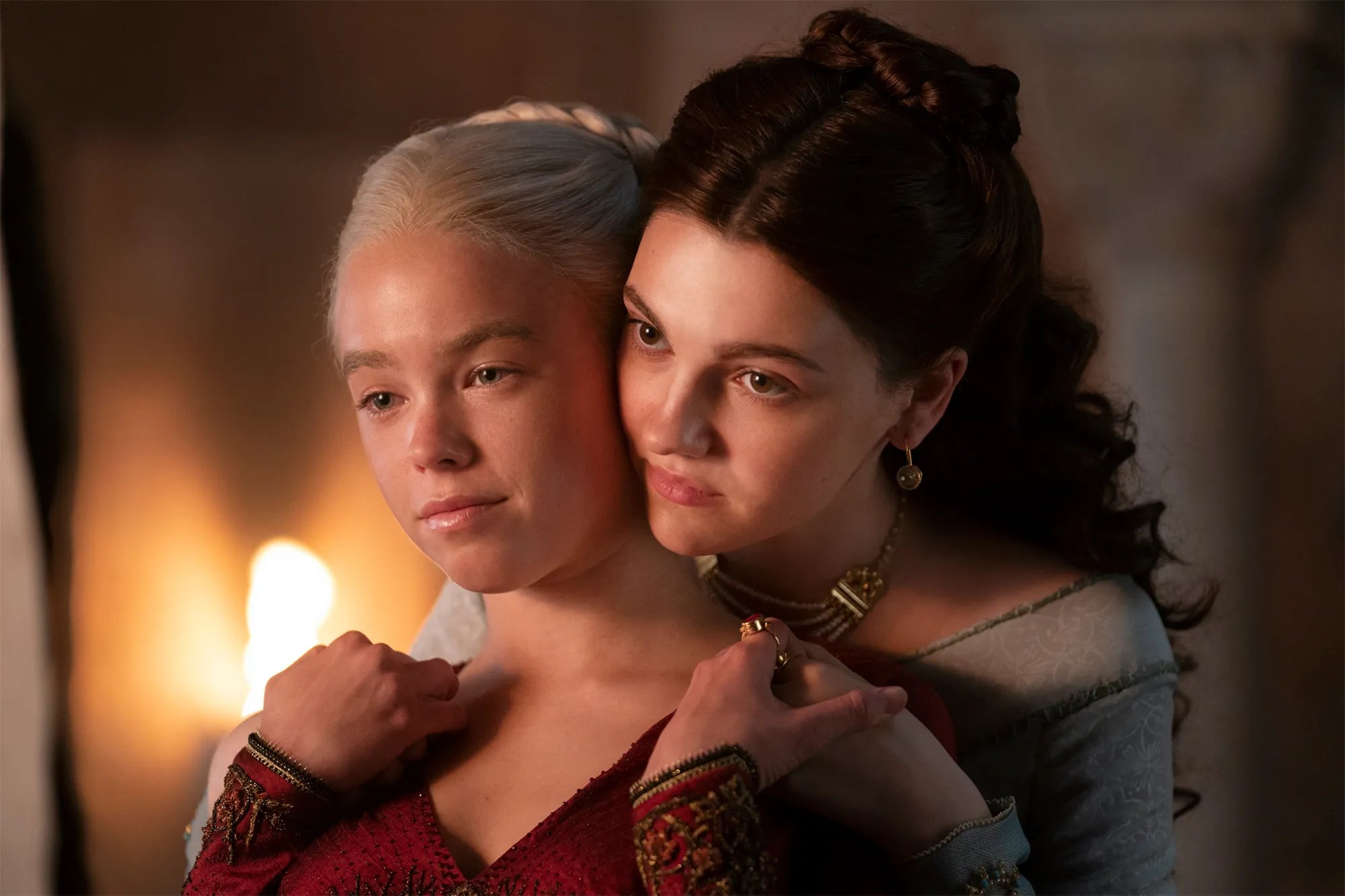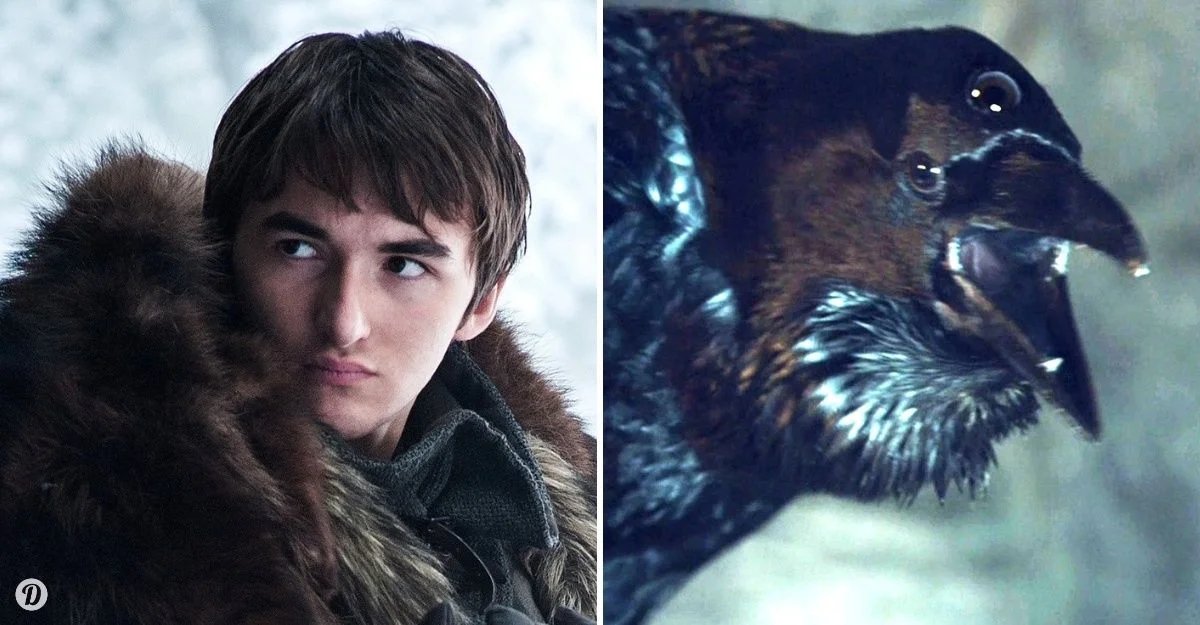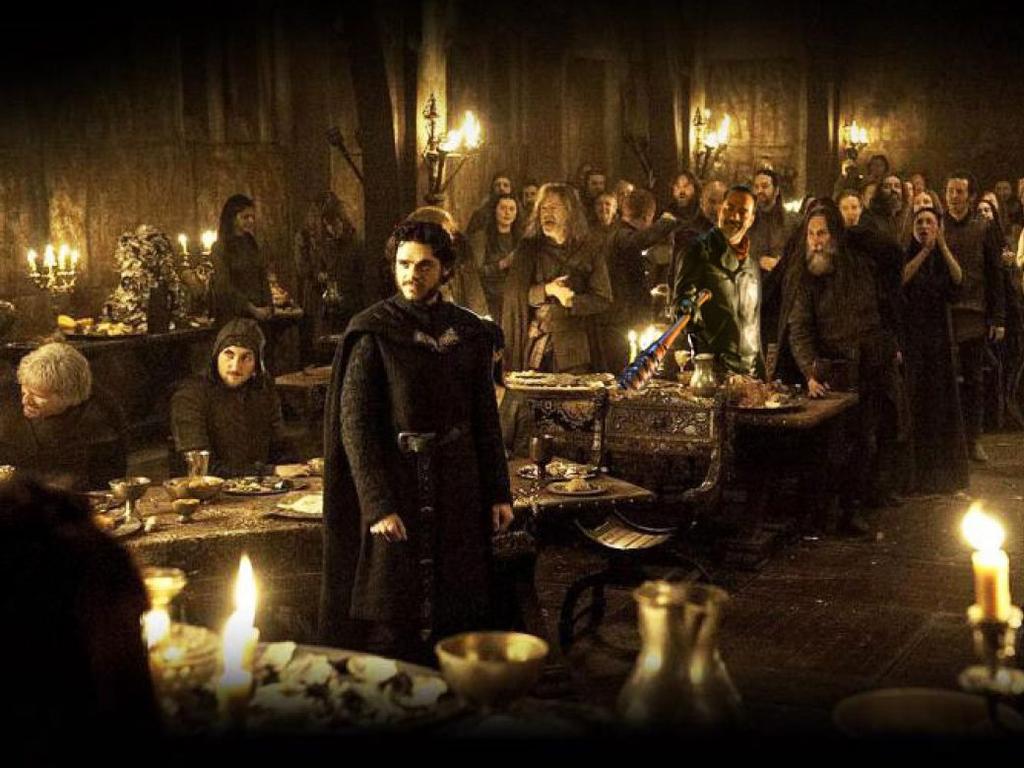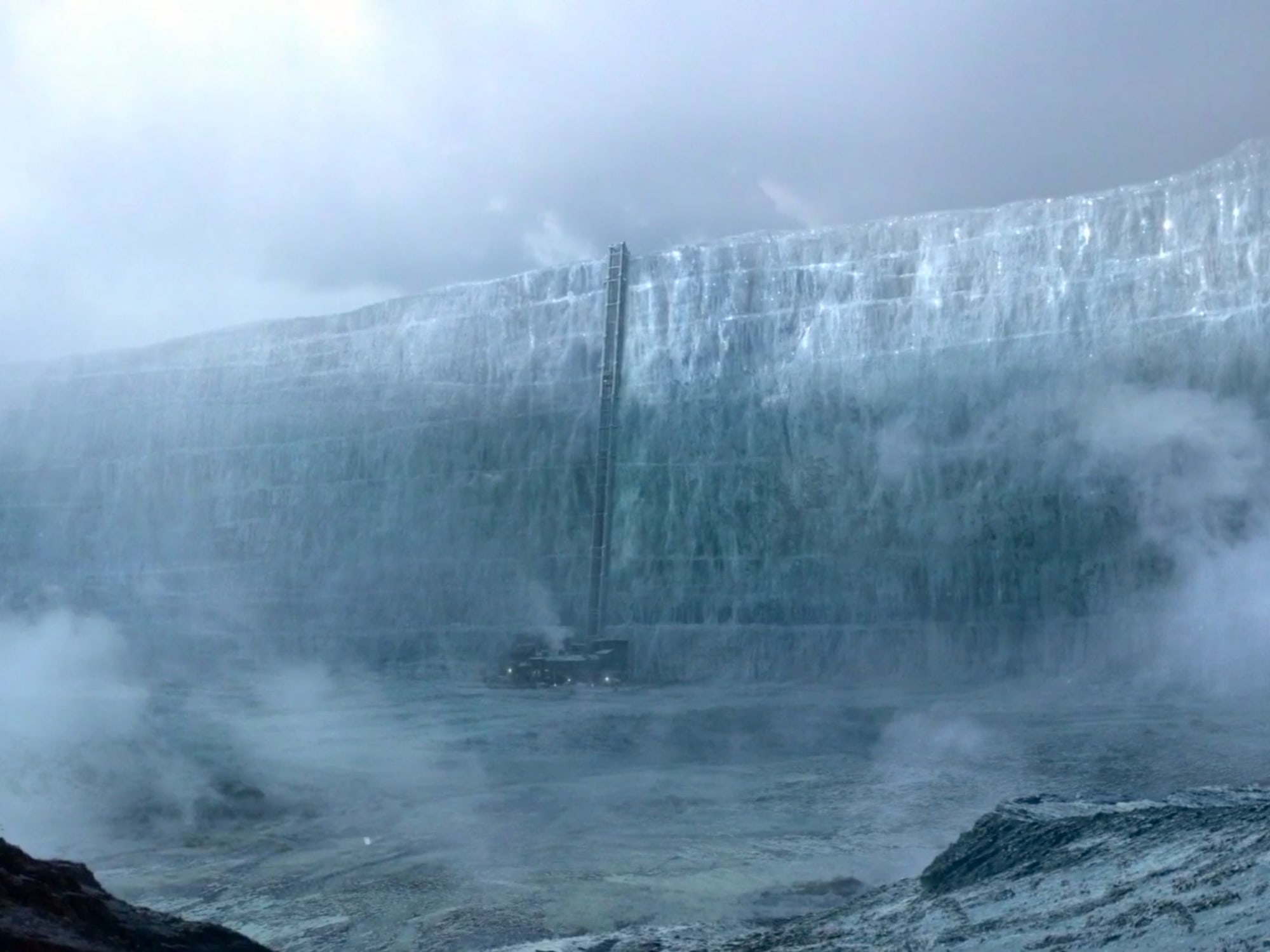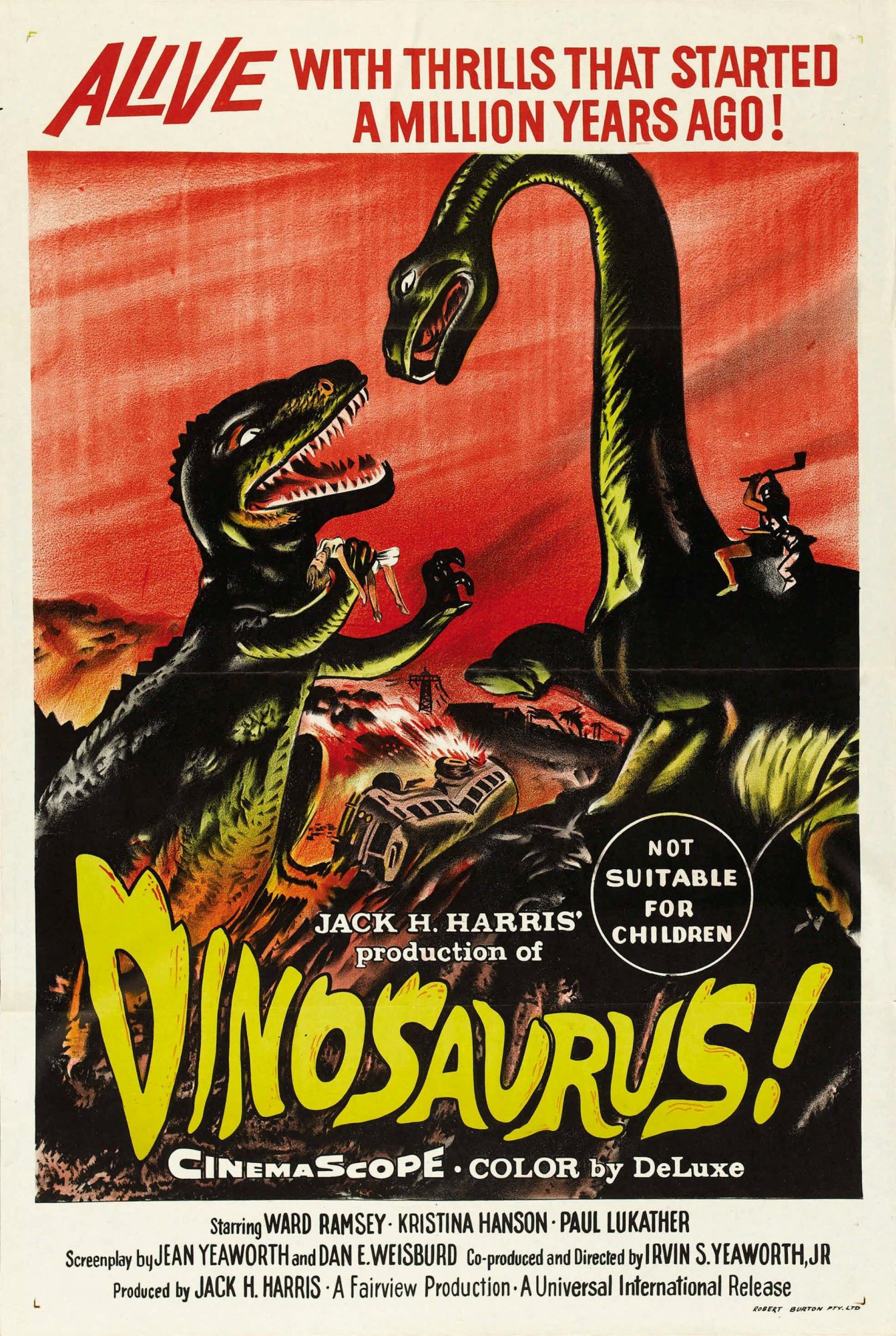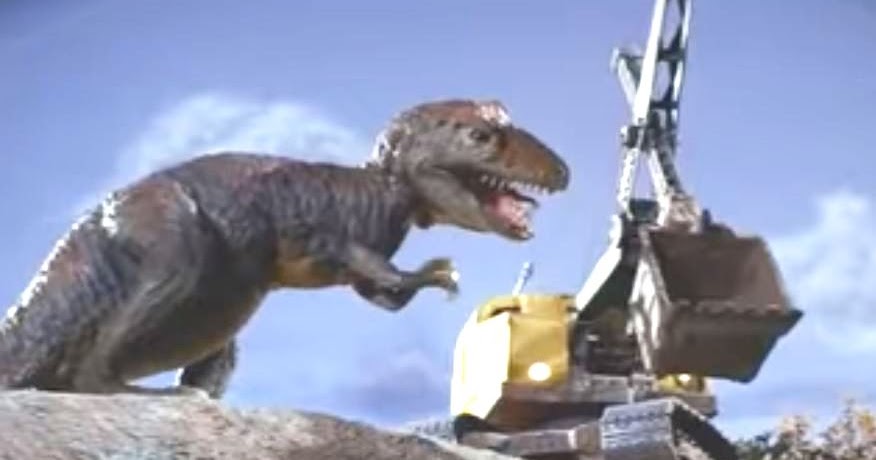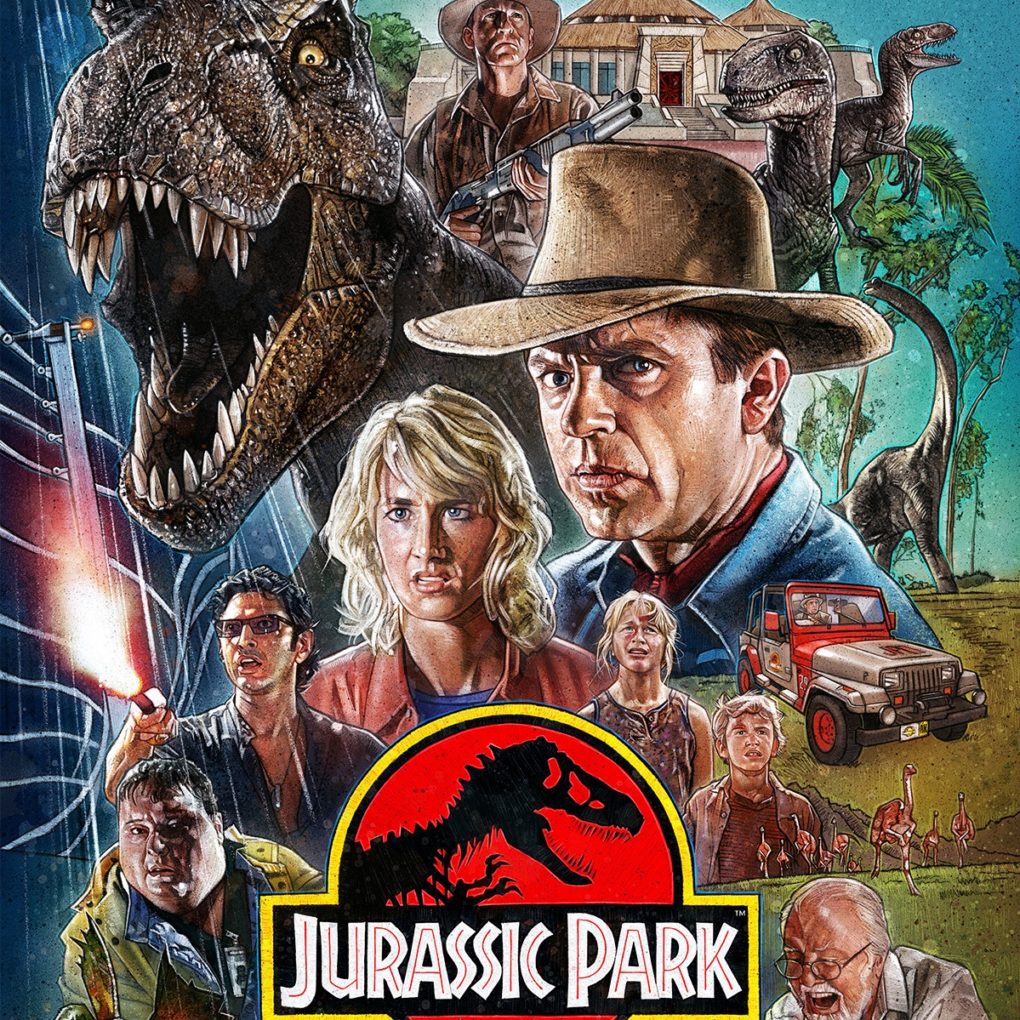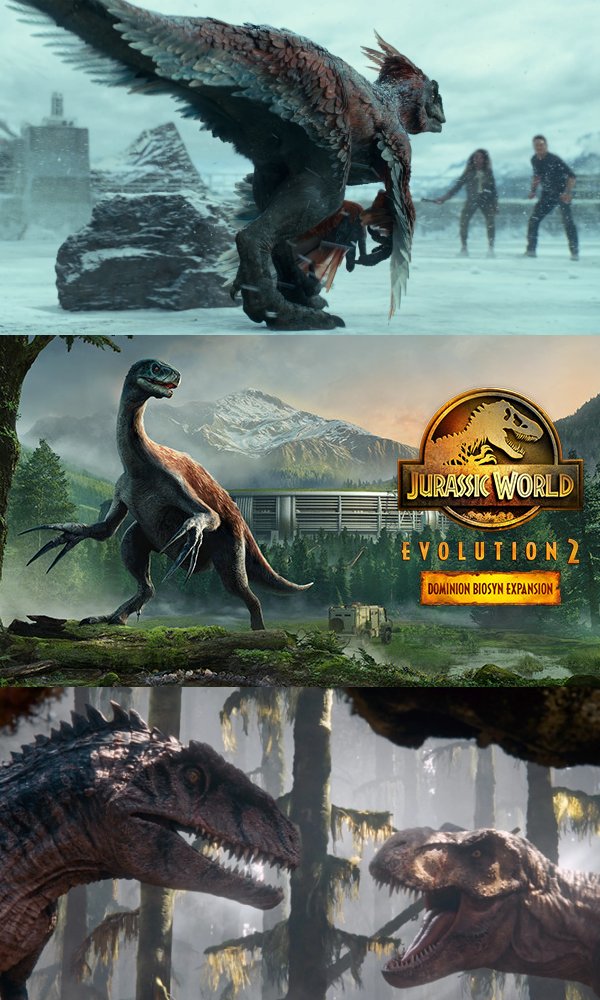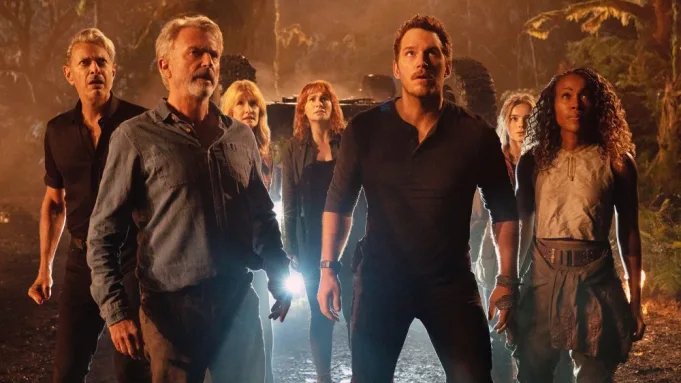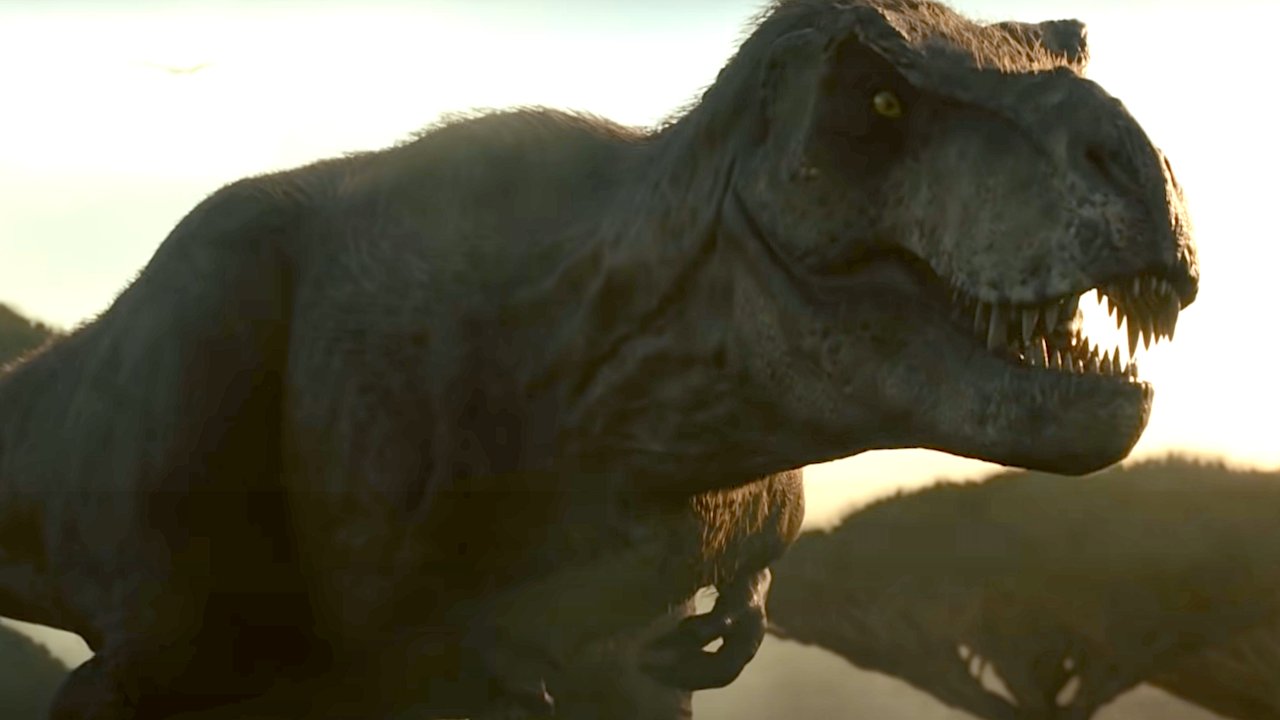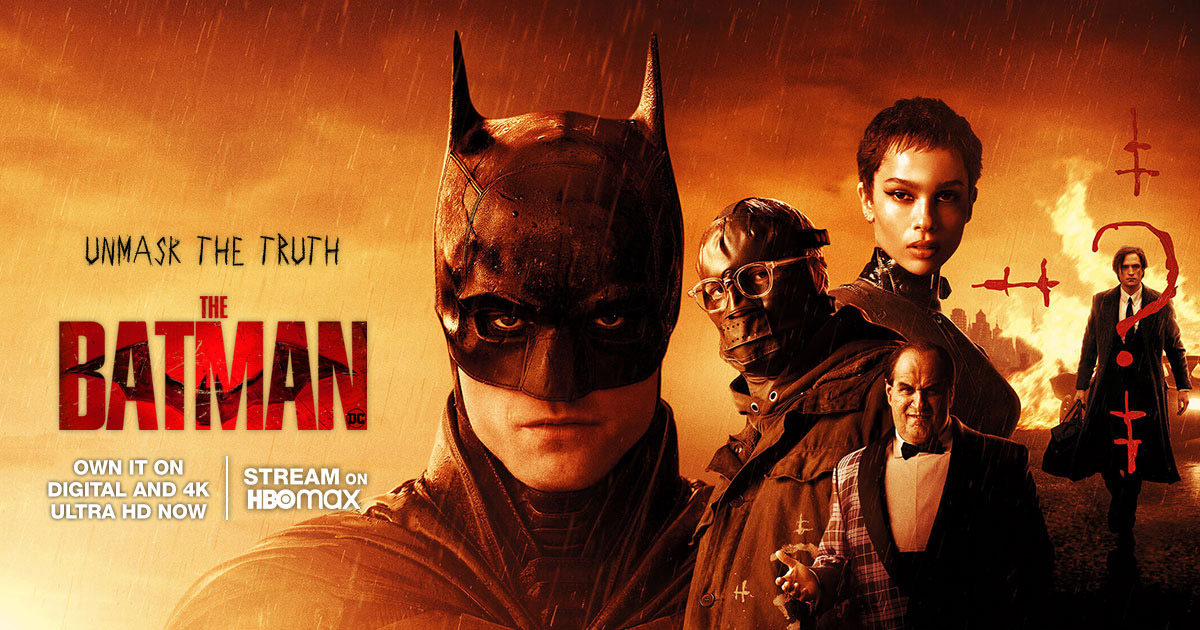Anyone who has even glanced at a few of the posts in this blog knows that I love Dinosaurs. So nobody should be surprised that I was anxious to see the new edition of the Jurassic Park movies, the seventh in the series. I admit that I was hoping that this ‘Rebirth’ would bring some fresh ideas to the franchise but alas, the only thing that could be called new was the addition of Scarlett Johansson to the cast.
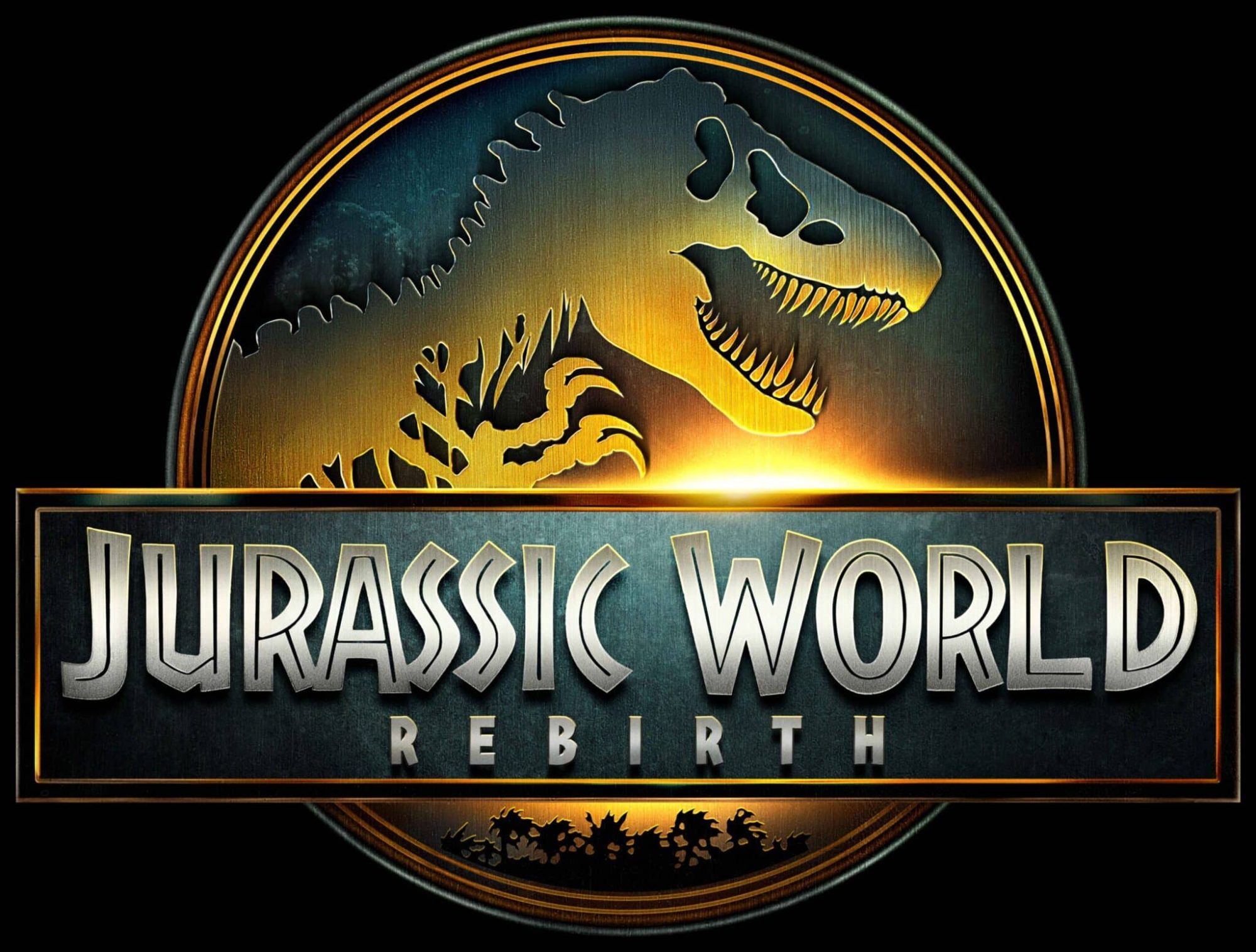
If you remember the first three ‘Jurassic Park’ movies introduced us to the idea of dinosaurs being de-extincted by using dino DNA obtained from mosquitoes that had been preserved for millions of years in amber. At the end of that first trilogy the dinosaurs were still confined to a couple of small islands in the Caribbean. That changed in the second trilogy, known as ‘Jurassic World’ where the dinosaurs are brought off of the islands and then succeed in escaping and becoming a number of invasive species around the world.
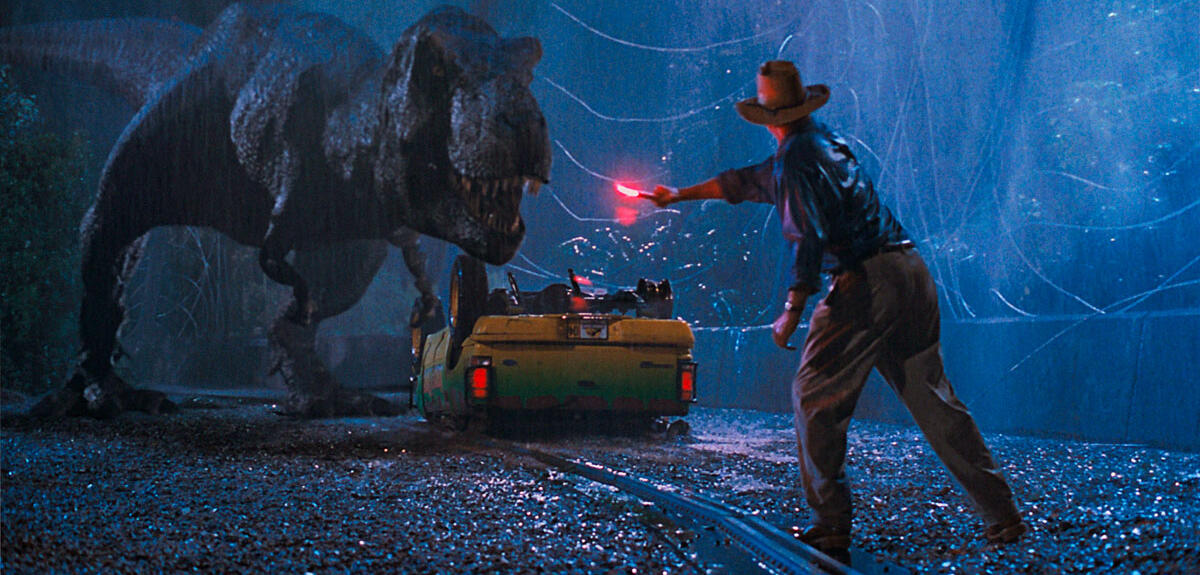
At the beginning of ‘Jurassic World Rebirth’ we are told that the escaped dinosaurs have not adapted well to the modern world. The air, the temperature, the plants and the pathogens are different, and the dinosaurs are pretty much dying off except for those on a few small islands in the Caribbean, sound familiar. Oh, and by the way the governments of the world have decreed that no one is allowed to go to those islands, not even scientists to study the dinosaurs. Wouldn’t it be nice if all of the countries of the world could agree on combating climate change to getting rid of plastic pollution rather than just keeping dinosaurs and people separate.

At this point enter Scarlett Johansson as Zora Bennett; a tough as nails mercenary who deep down is really a good person. I don’t know about you but I’m kinda tired of this cliché of the trustworthy and honest mercenary. Zora meets up with the real bad guy of the movie, corporate fixer Martin Krebs, played by Rupert Friend. The corporation that Krebs’ works for is a pharmaceutical company that is developing a drug to cure heart disease and they need samples of dino DNA to complete their work.
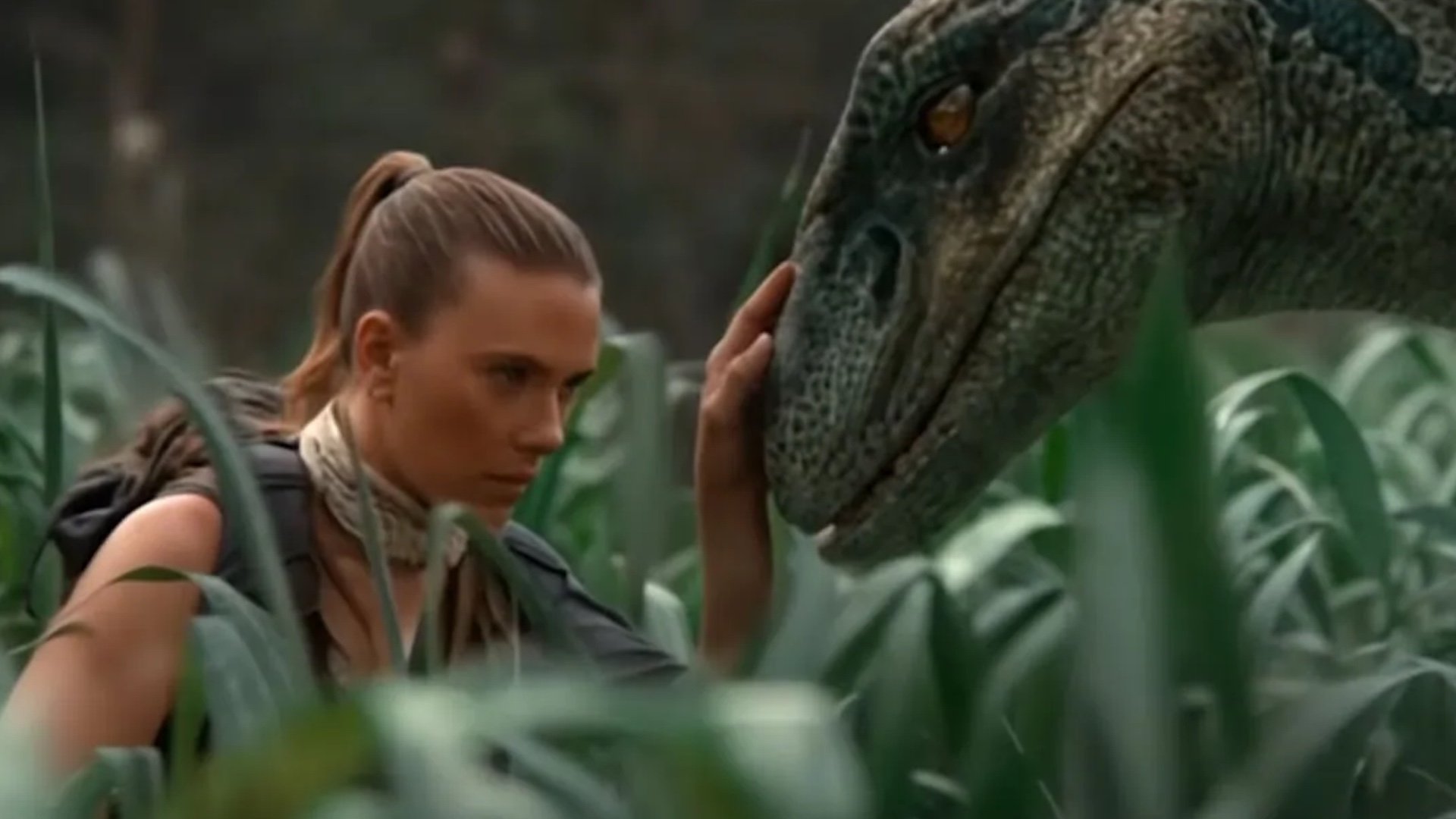
You see dinosaurs are big animals with big hearts and some lived for a hundred years or more with their big hearts beating all the time. That means that dinosaurs must have some way of keeping their hearts strong and the pharmaceutical company wants that secret. It’d be worth trillions! Zora and Krebs meet up with a paleontologist named Doctor Henry Loomis, played by Jonathan Bailey, who tells them they need blood samples from the three largest members of the three kinds of dinosaur. The swimming kind, represented by a Mosasaur, the land dwelling kind, represented by a Titanosaur, and the flying kind, represented by a pterosaur, Quetzalcoatlus.
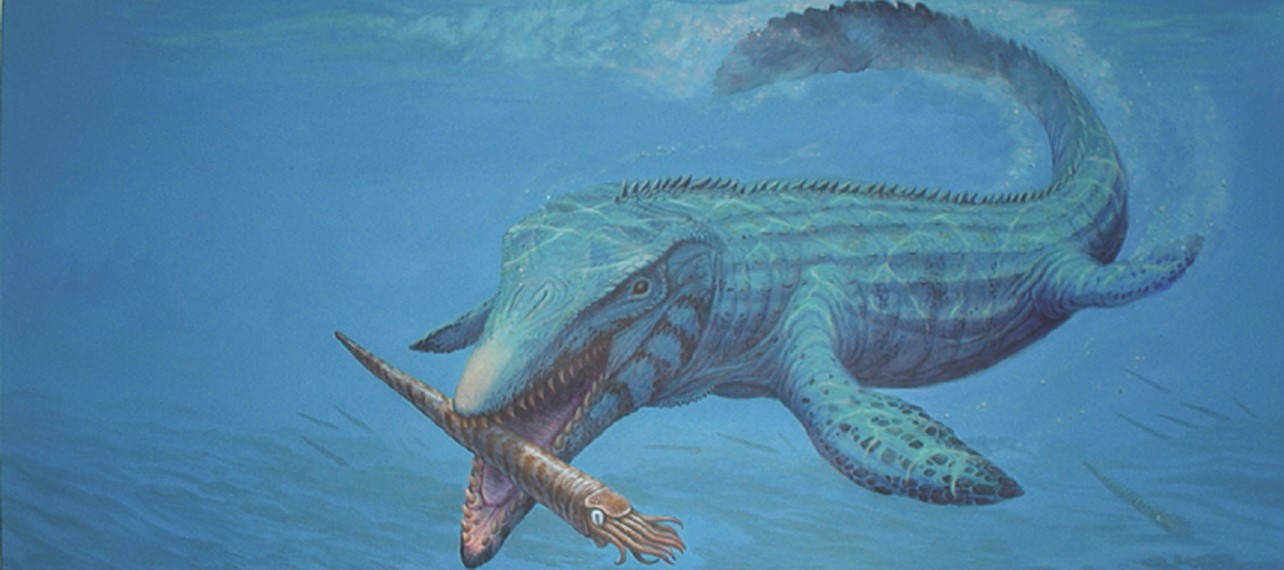
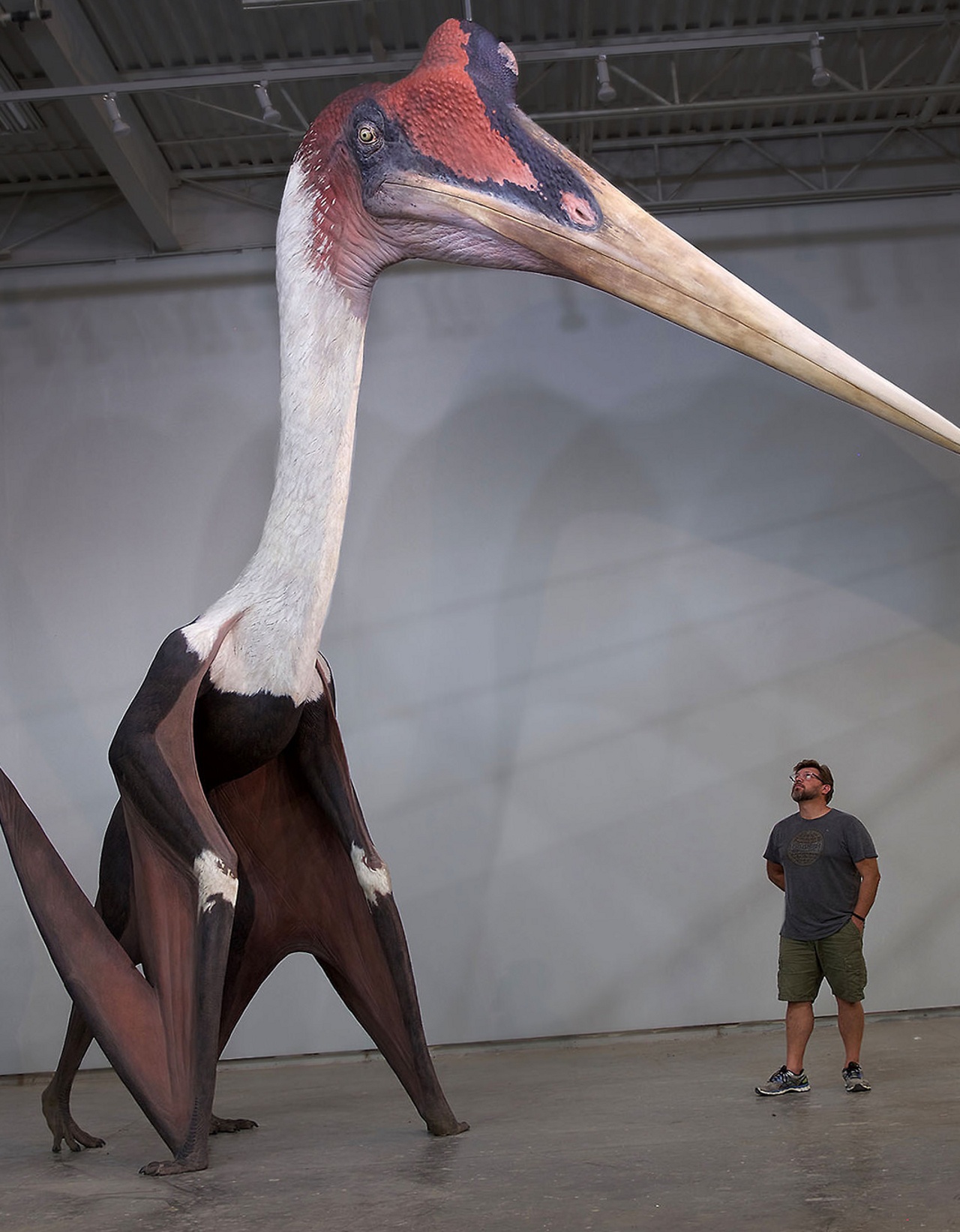
Big problem here, although Mosasaurs and pterosaurs may be big, extinct reptiles, they’re not dinosaurs! The taxonomic definition of a dinosaur has to do with the way the reptile’s legs come out from its body. Looking at the picture below of a crocodile and iguana you can see that their legs come out the side of the body and then bend down. This awkward arrangement is why crocodiles and lizards and other modern reptiles spend most of their time on their bellies, they really don’t walk well. The picture of the Sauropod and horse further below show how their legs come straight down from beneath their bodies. Dinosaur legs come out of their bodies more like those of mammals or birds. That’s what makes Dinosaurs different from other reptiles, they were better walkers than others, especially Mosasaurs and pterosaurs.

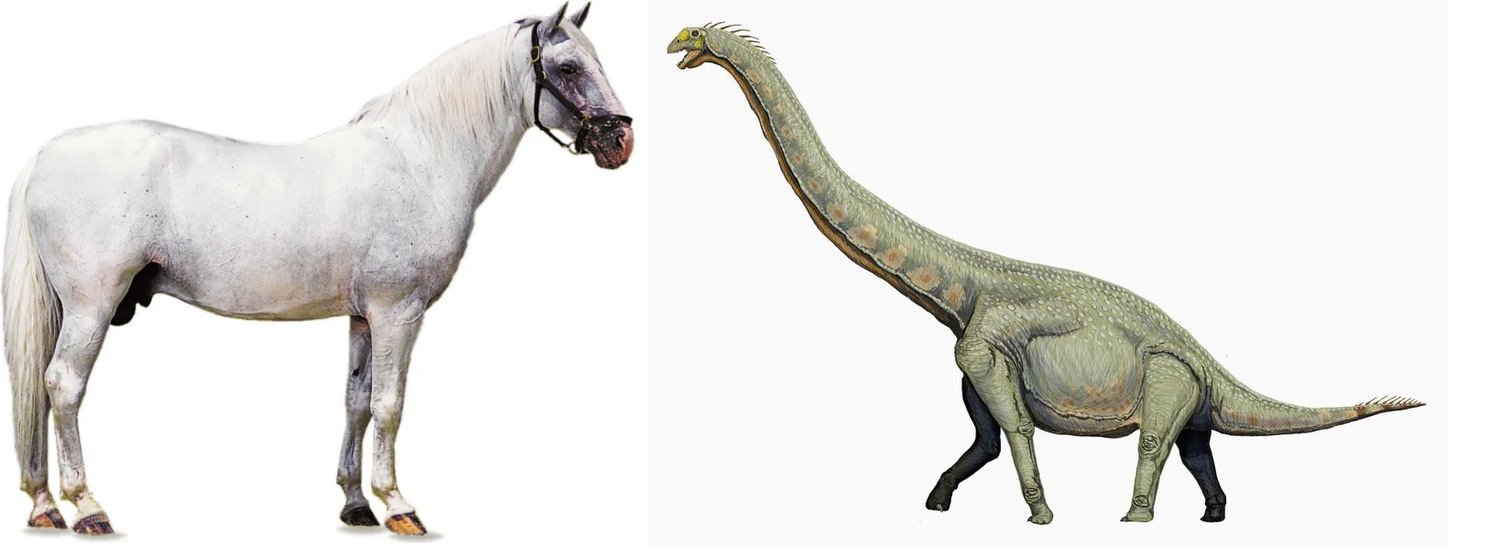
Getting back to the movie, Zora introduces the Doctor and Corporate fixer to her mercenary comrades and the whole gang are soon taking a boat to the island where all three needed species can be found. Along the way they receive a distress signal from a sailboat with four passengers that has been capsized during an encounter with a Mosasaur. Krebs wants to ignore the request for help; someone else will rescue them he says, time is money after all. The mercenaries however decide to turn around and pick up the castaways; these are the good kind of mercenaries remember.

With everybody now aboard the hunt begins with getting a sample of Mosasaur blood. However, right after getting the sample the Mosasaur, along with some Spinosaurus attack the mercenary’s boat and force the crew to beach it on the island. Everybody is now stranded on the island with all of those dinosaurs. At this point the movie becomes a guessing game to tell who is going to get killed next and who is going to make it off the island alive.
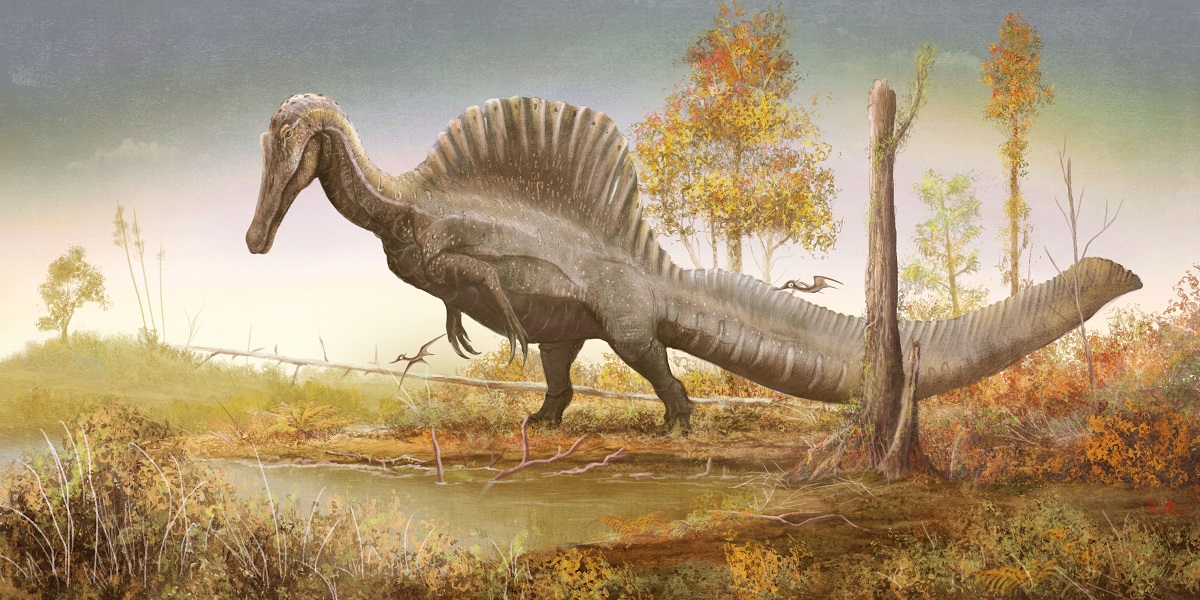
As I said Jurassic World Rebirth is really just a series of clichés stuck together by a pretty thin plot. Scarlett Johansson does her best to try to breath some life into it but everybody else is just playing a stereotype. So I’m afraid that Jurassic World Rebirth is not really a good movie.

But it does have Dinosaurs, and because of that Jurassic World Rebirth has already made a lot of money. So you know that there will be a next Jurassic park movie, and you know that when there is I’ll be there to see it!

